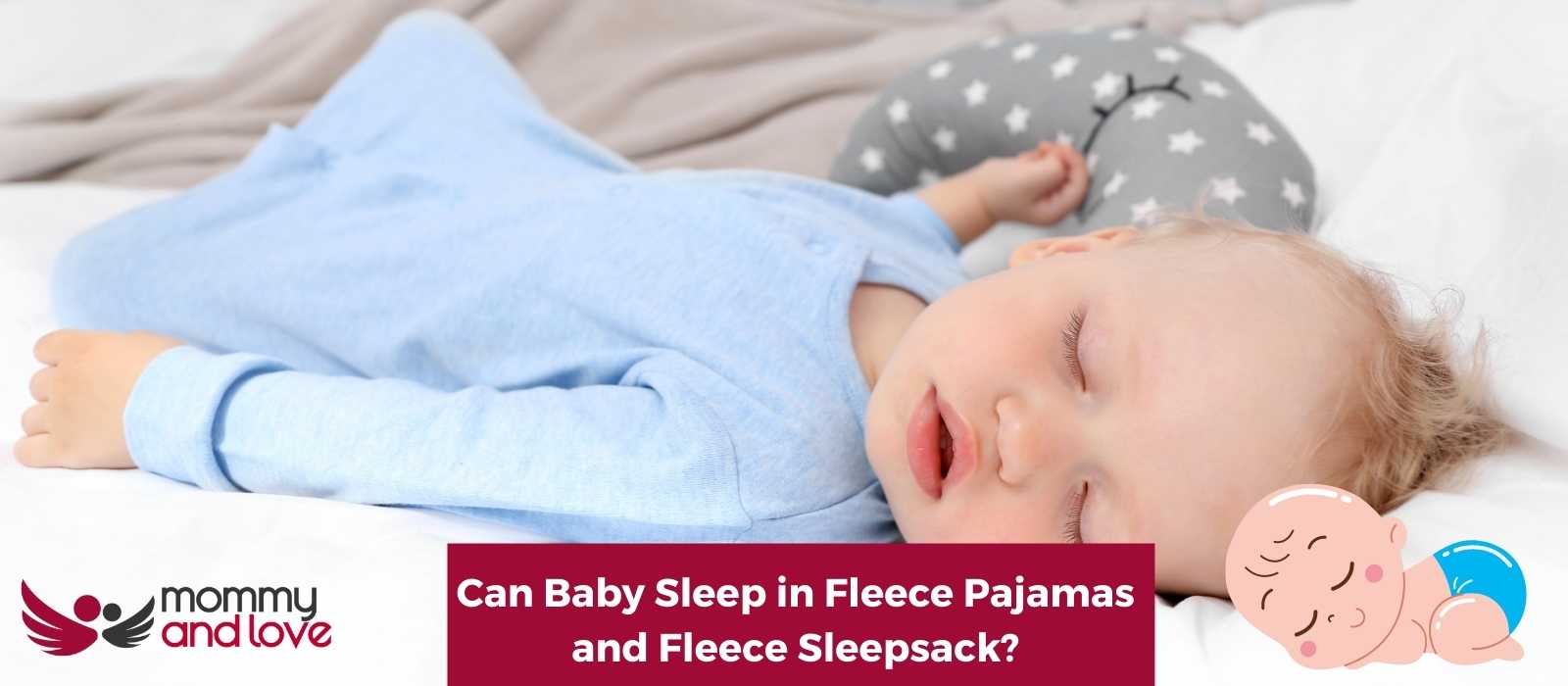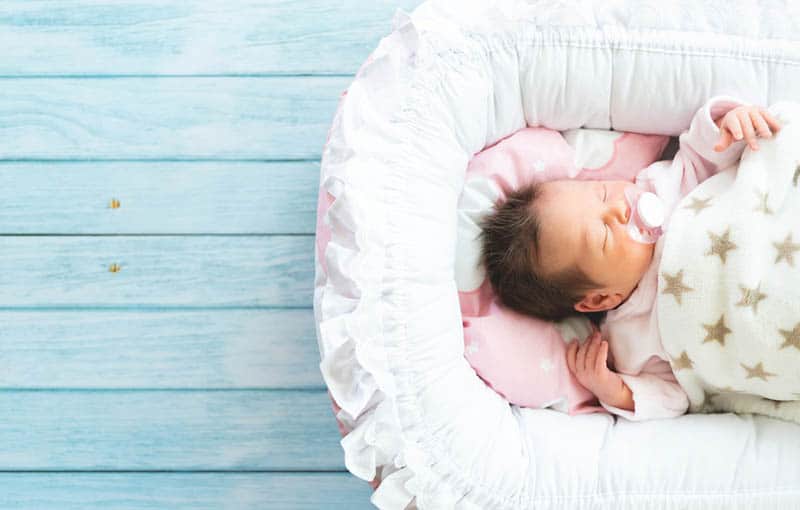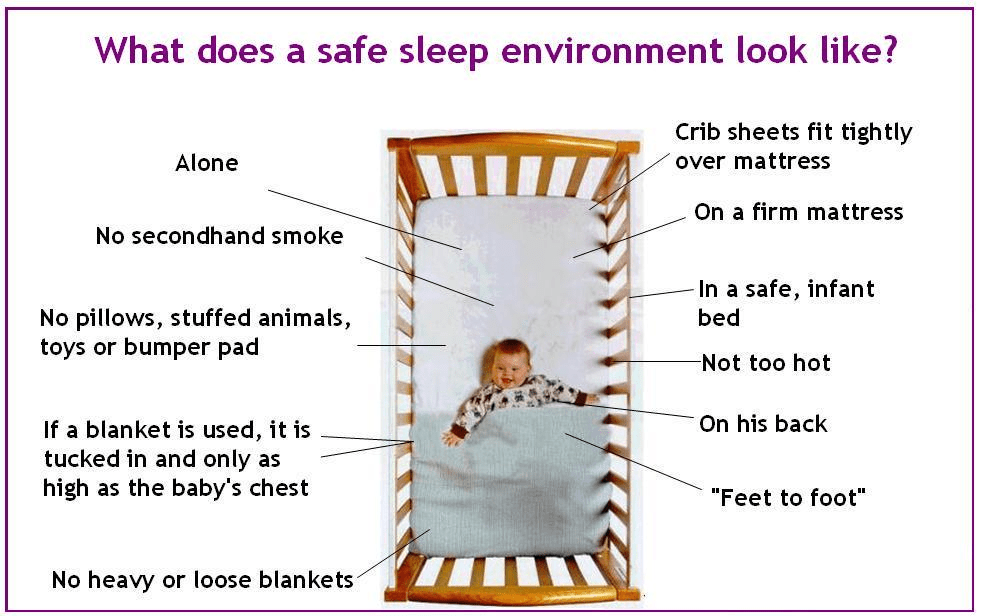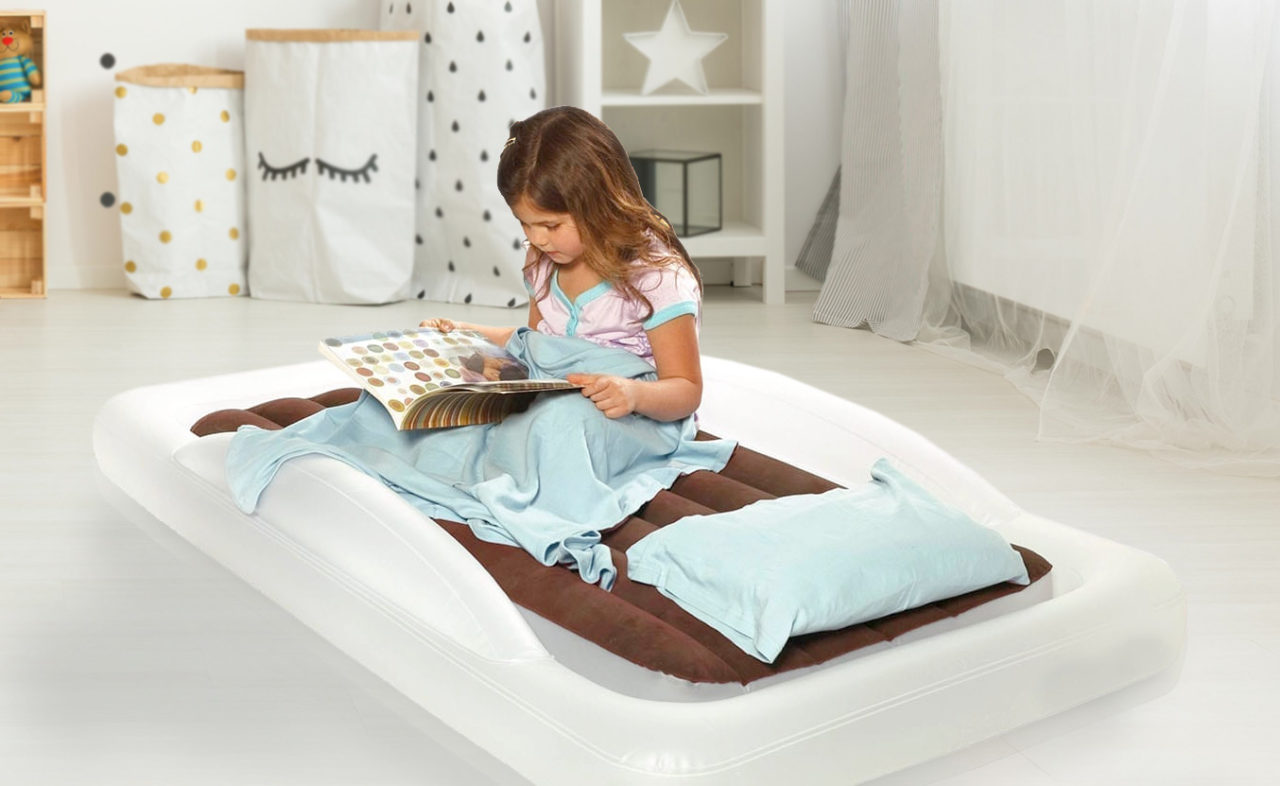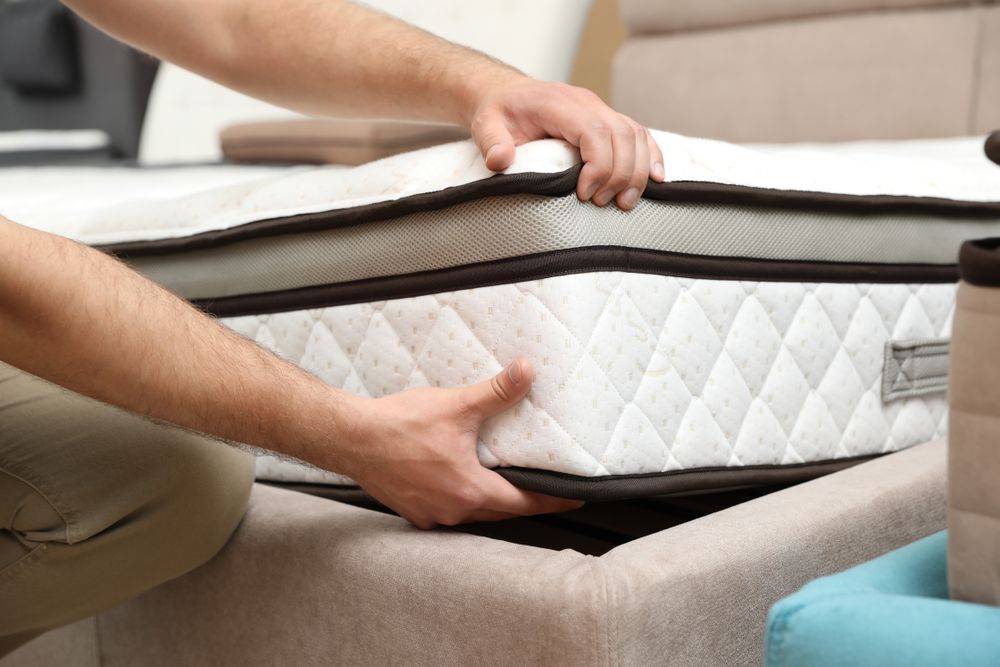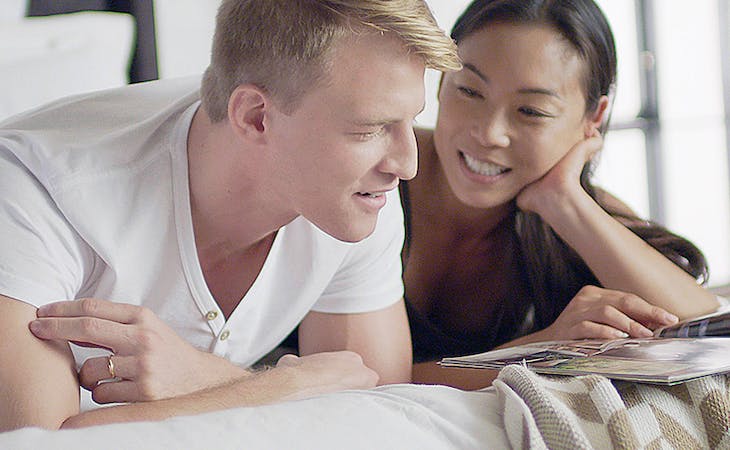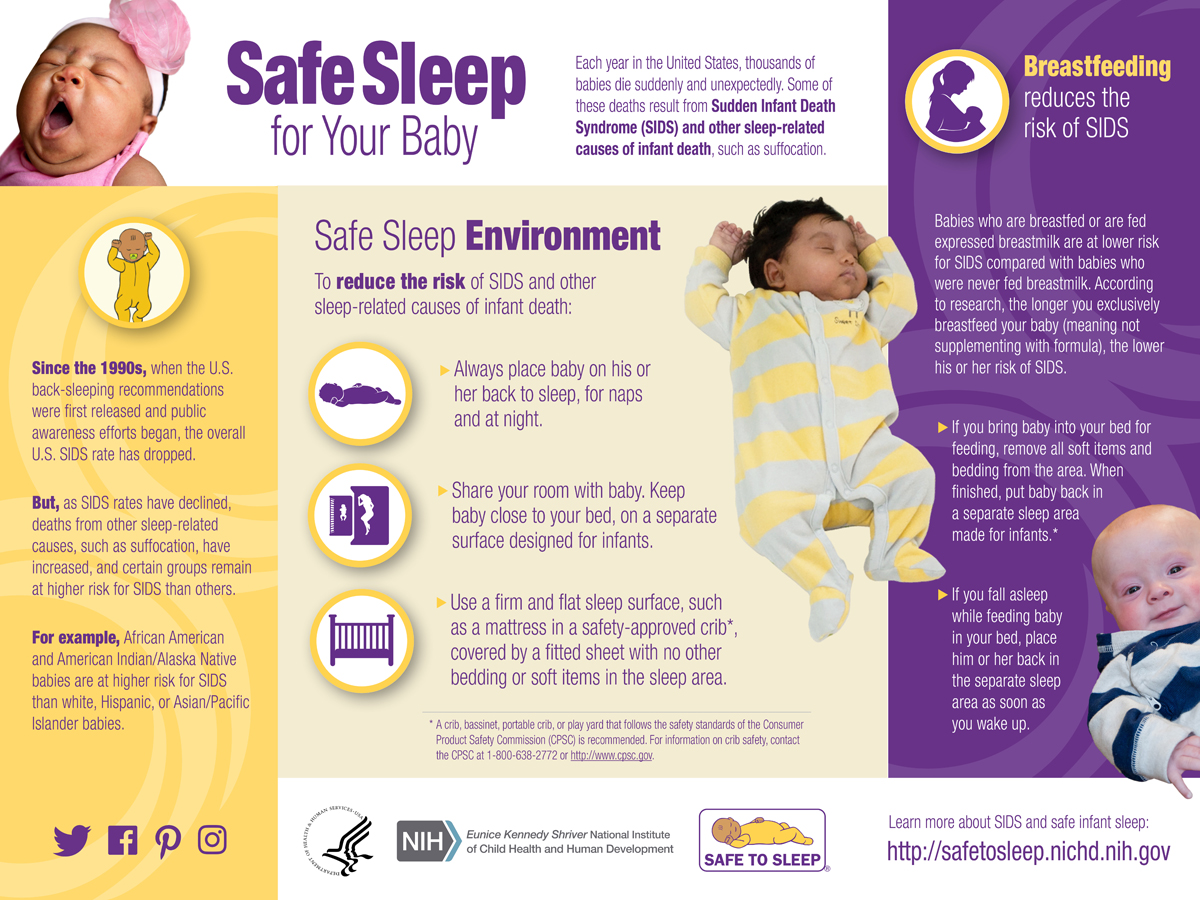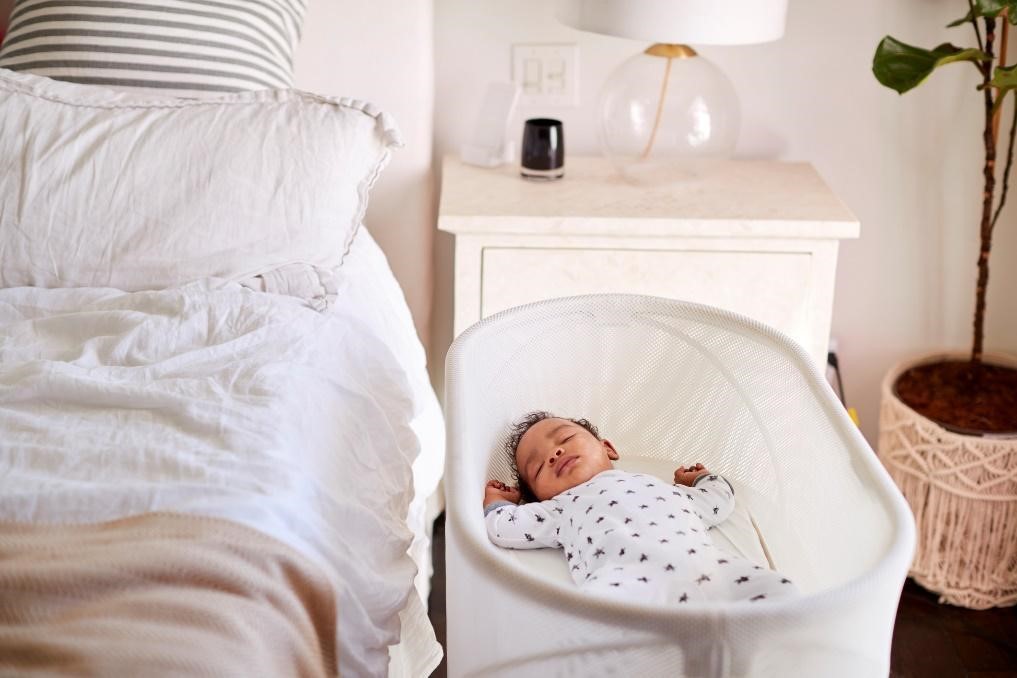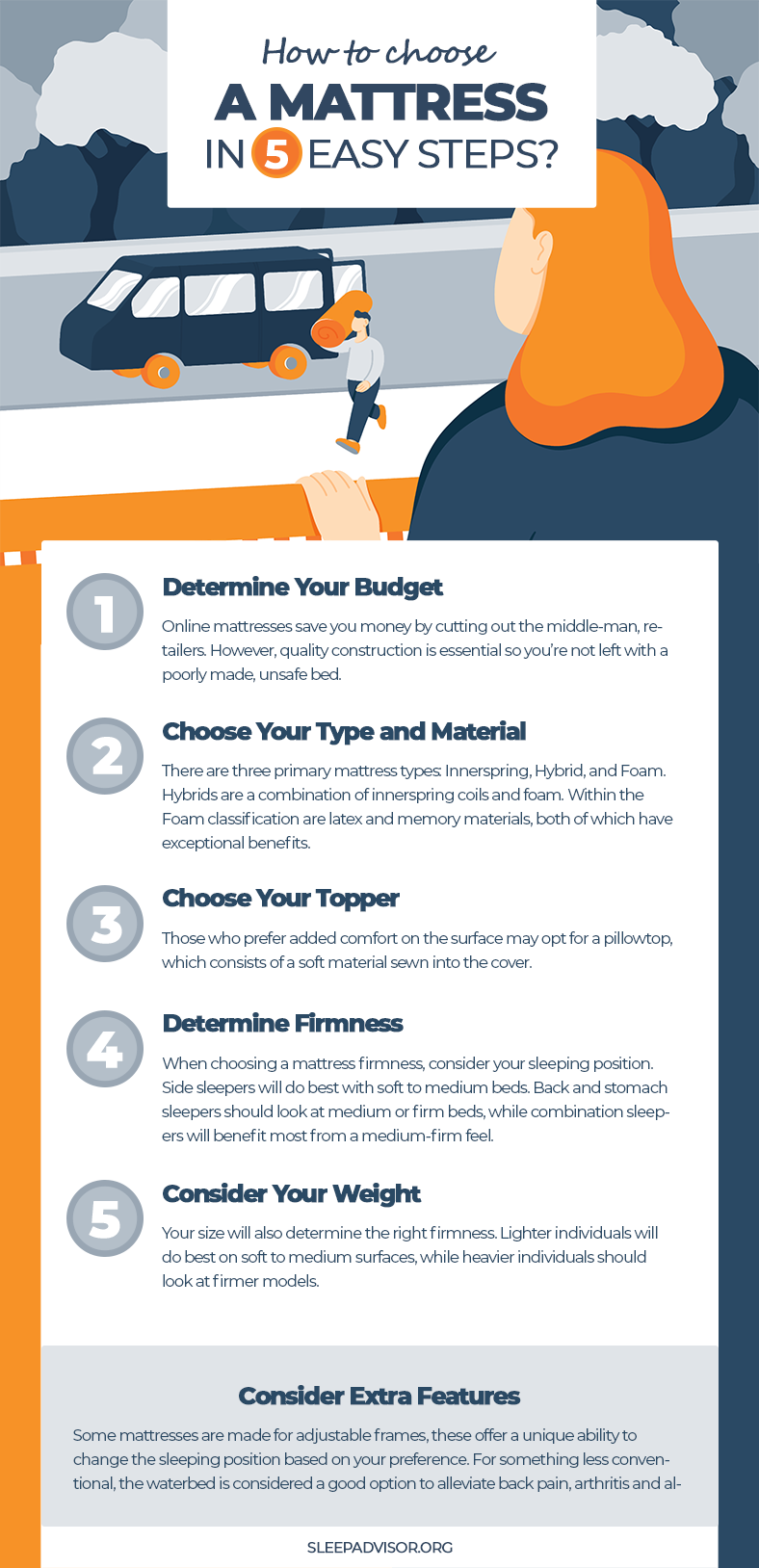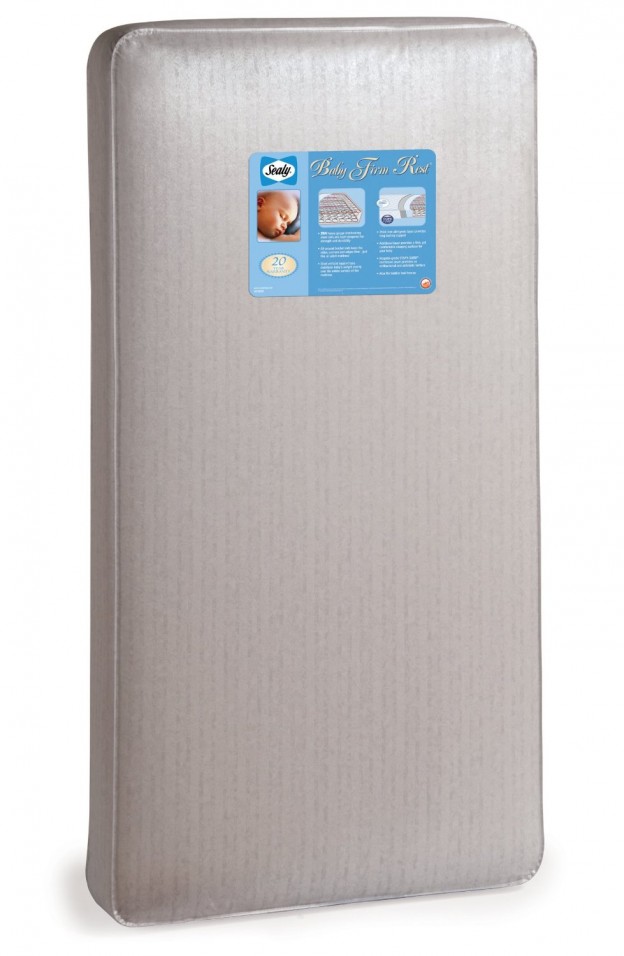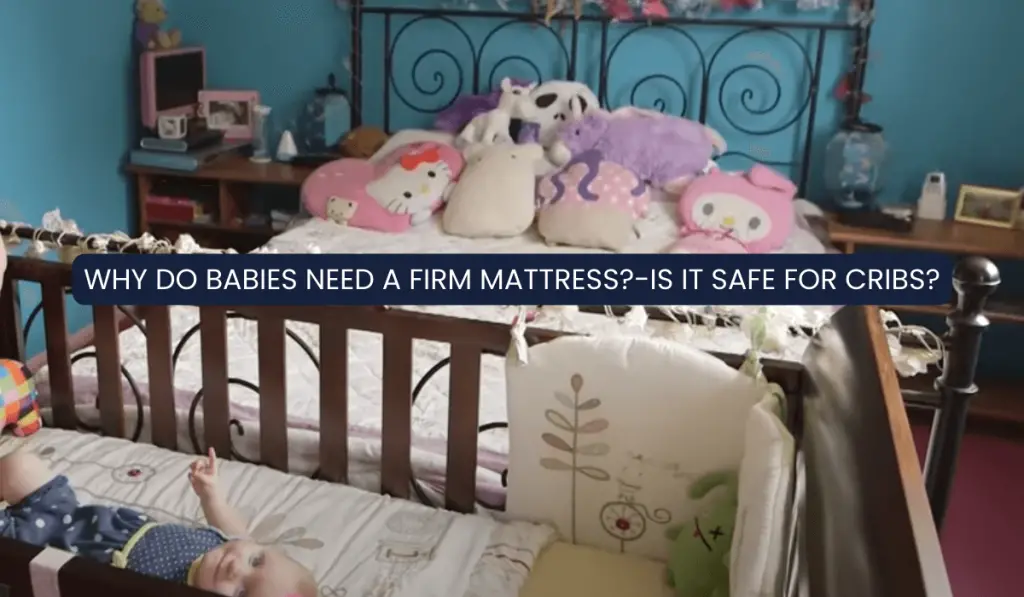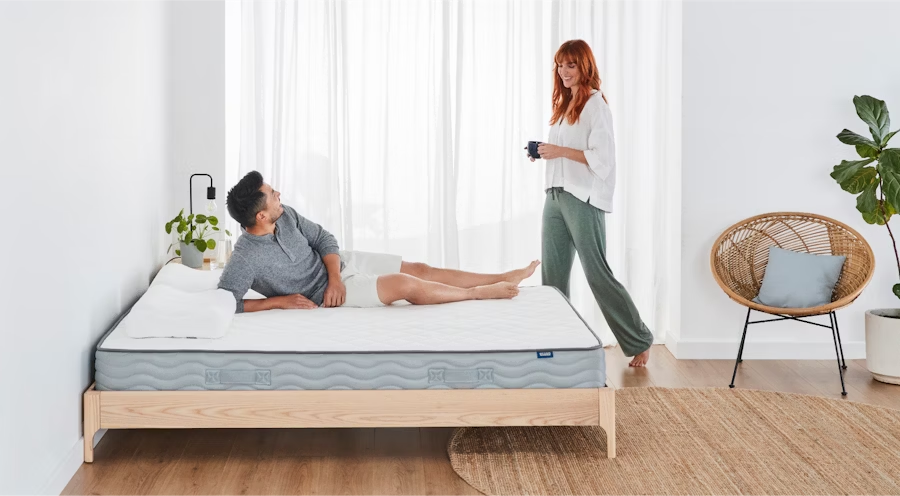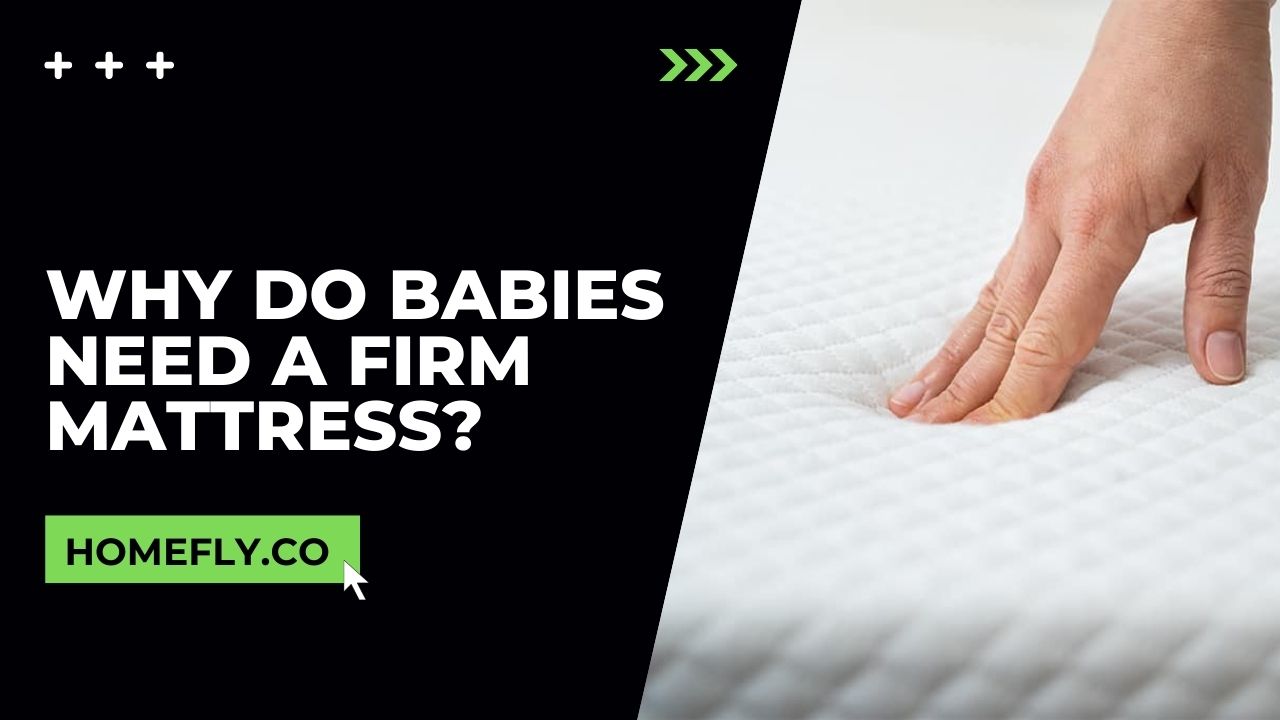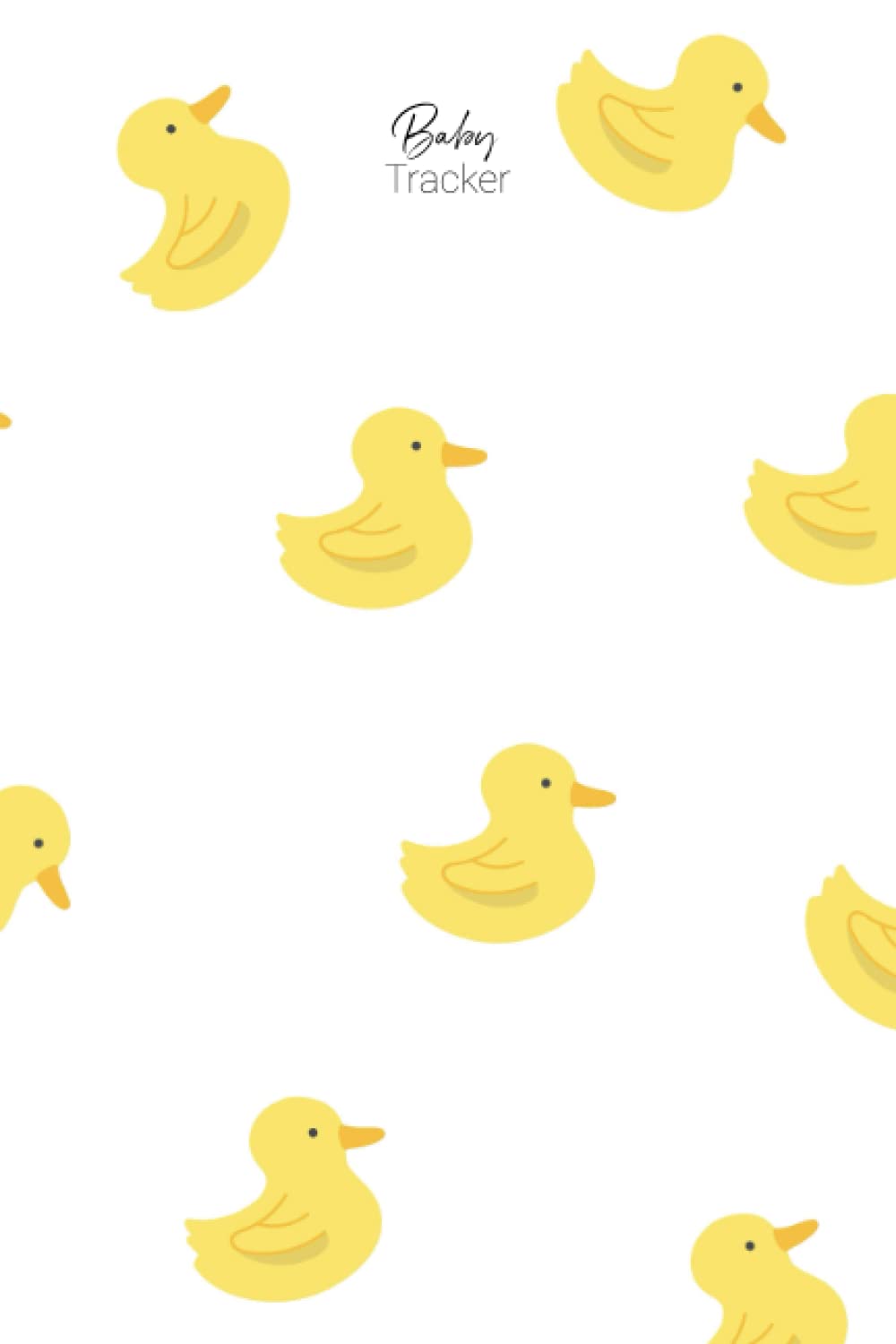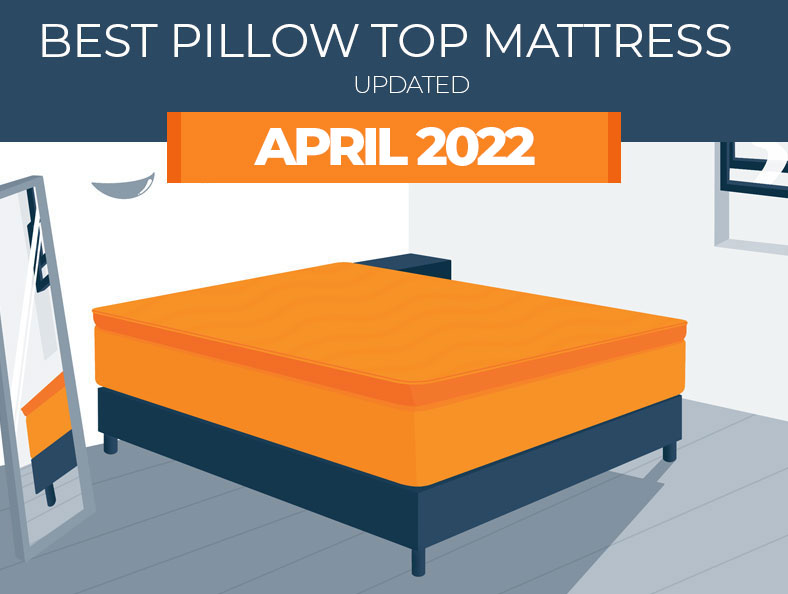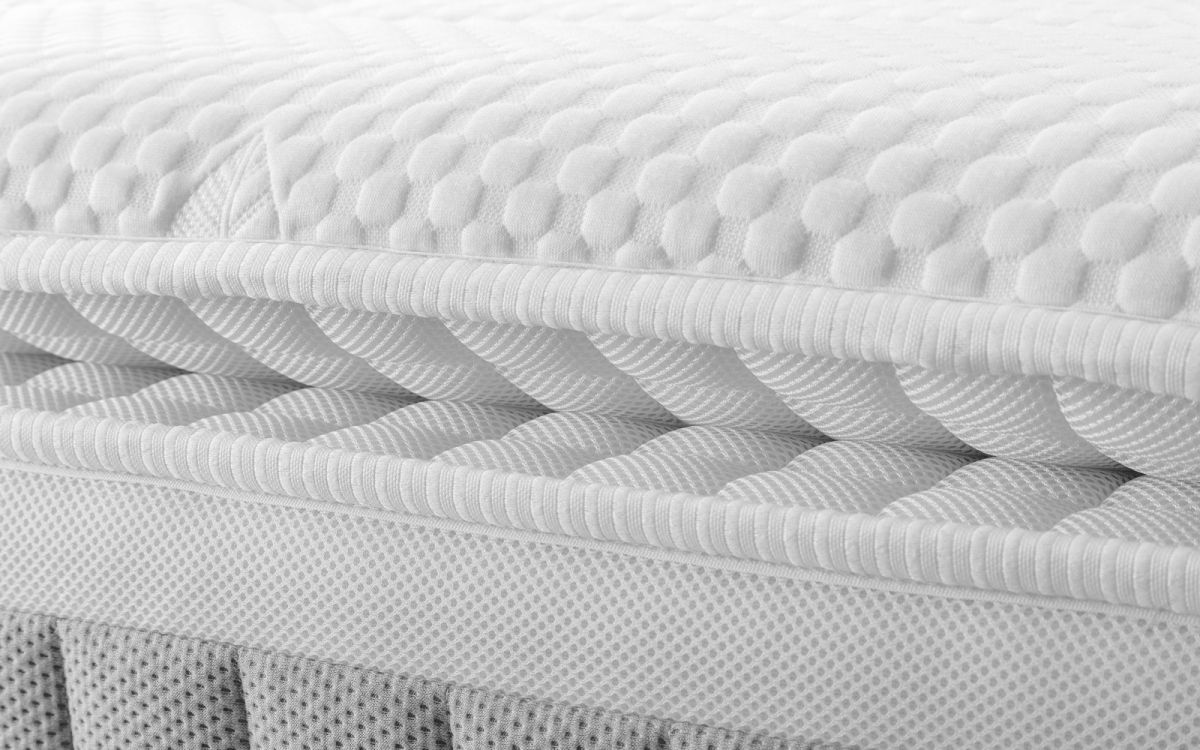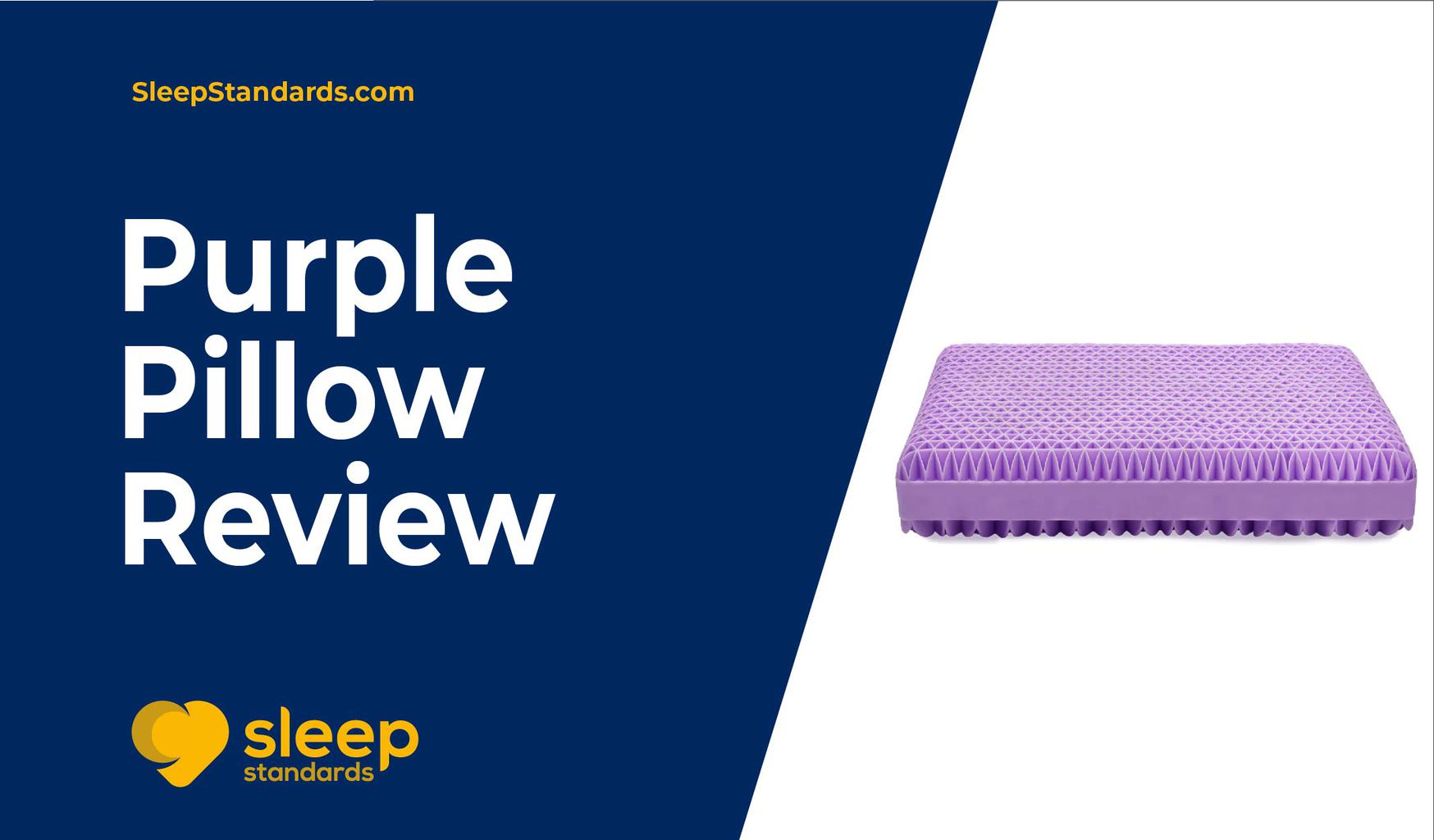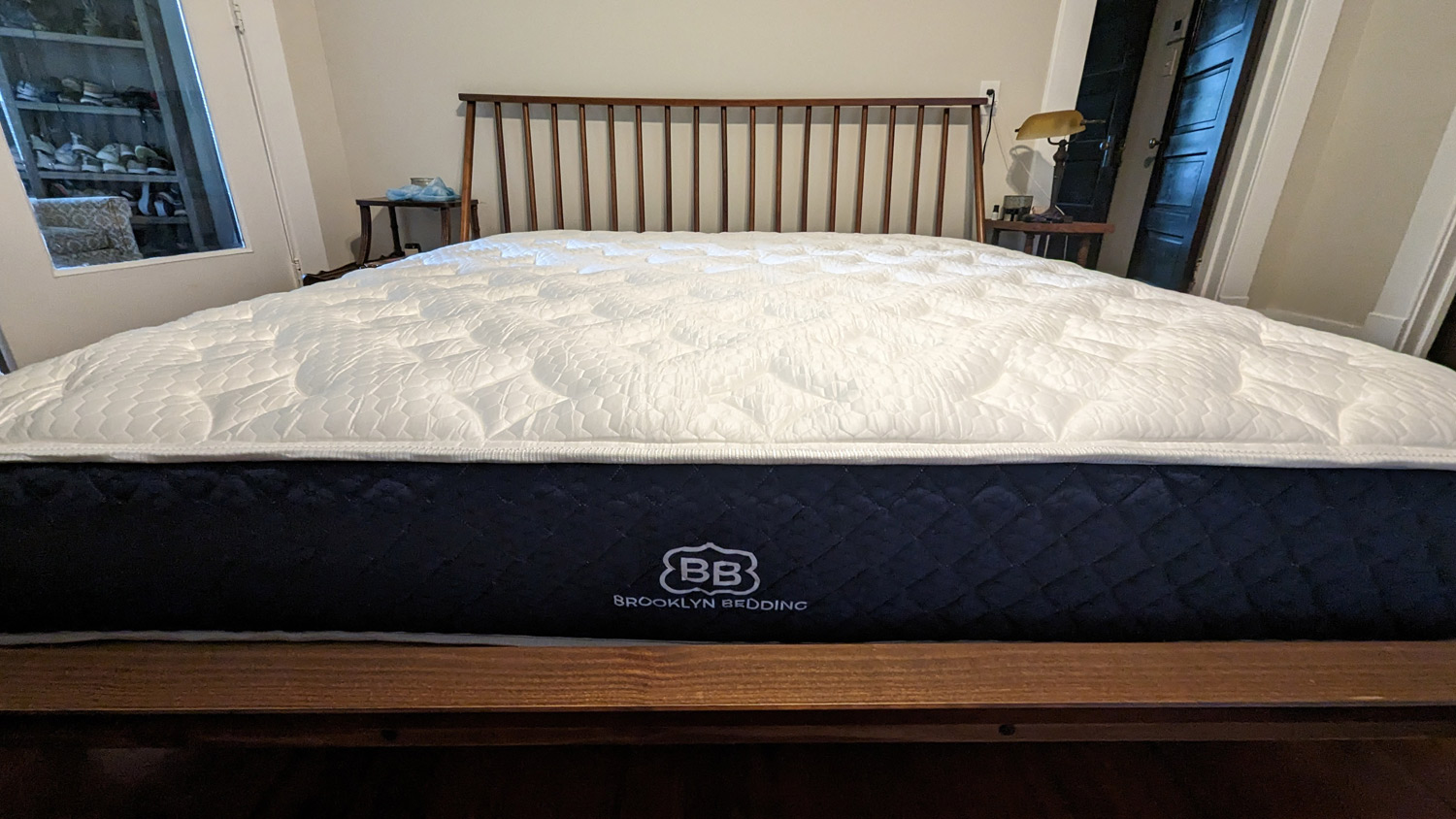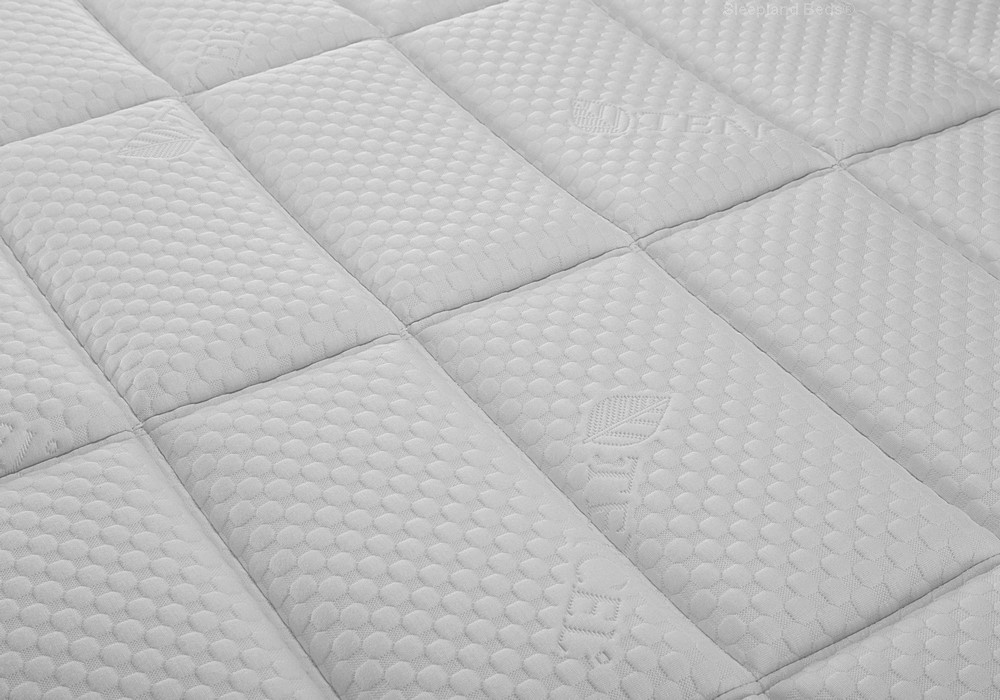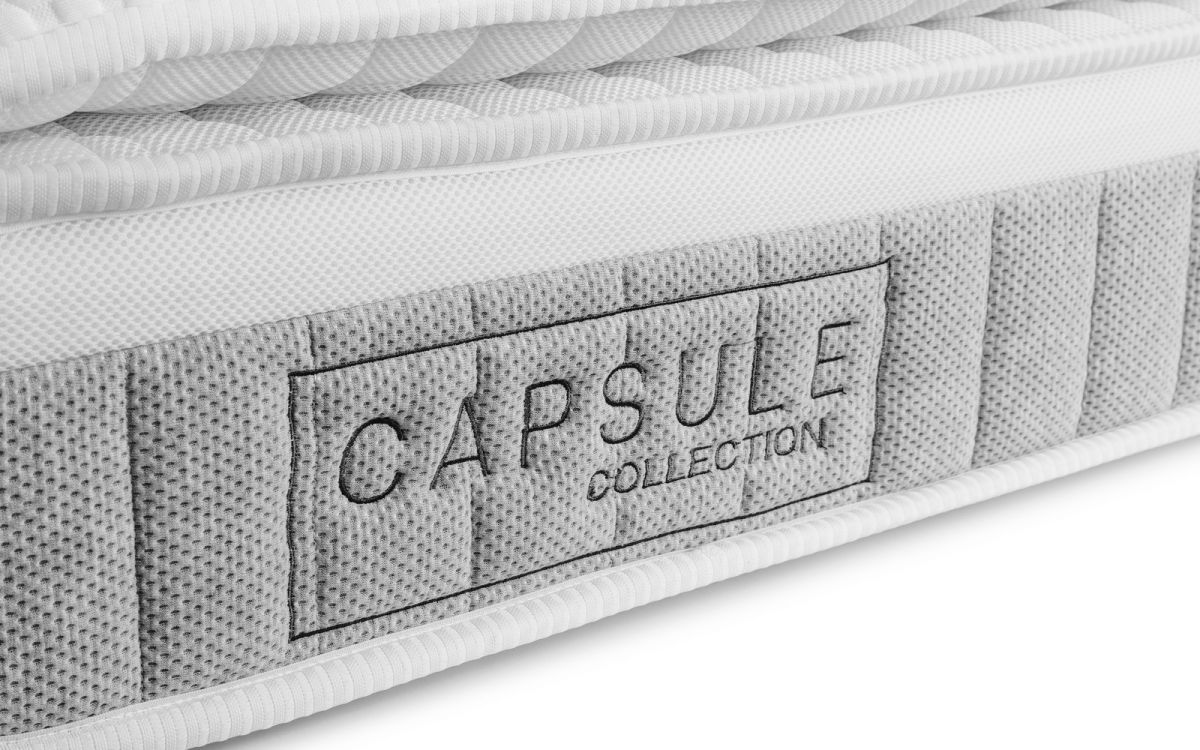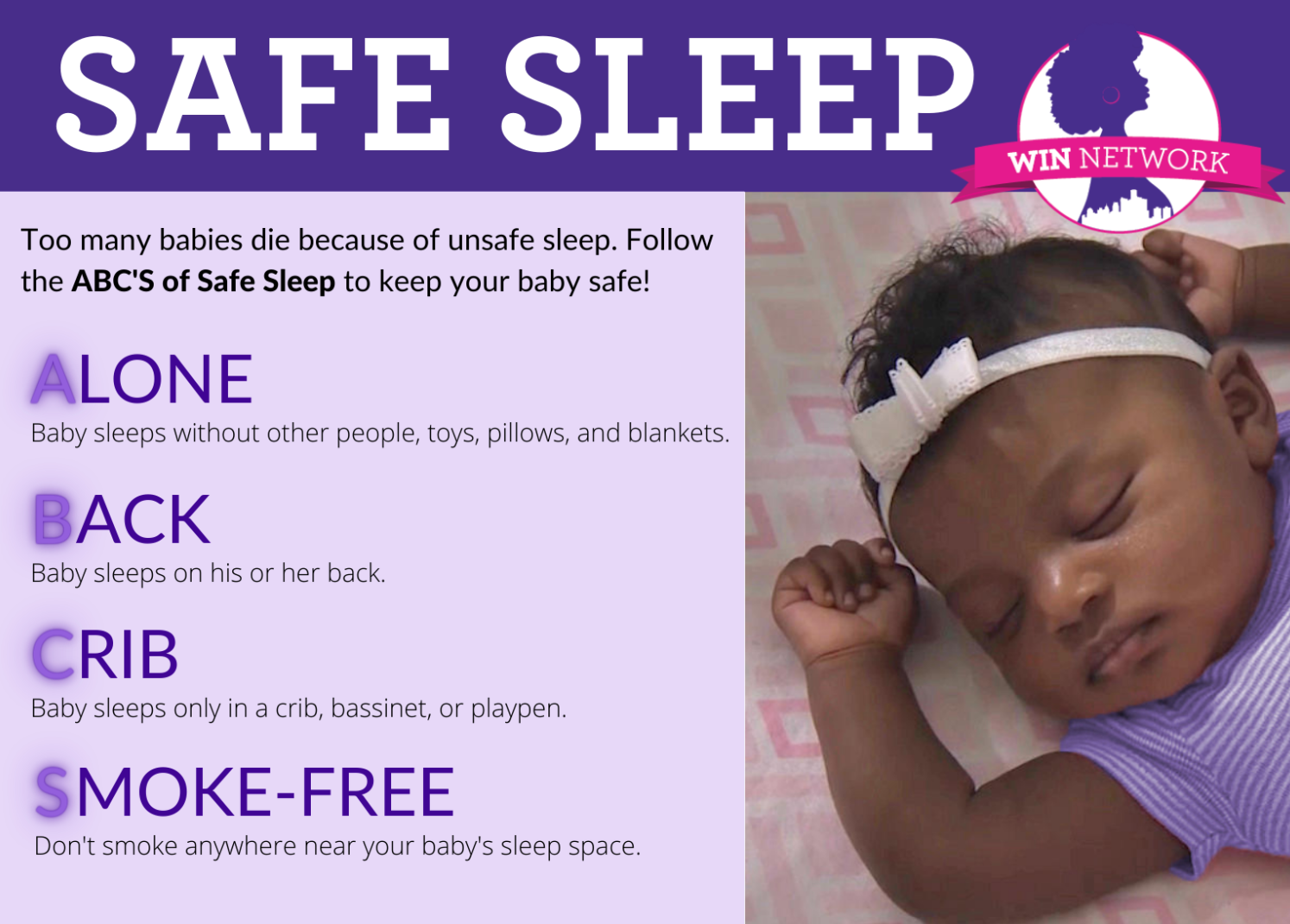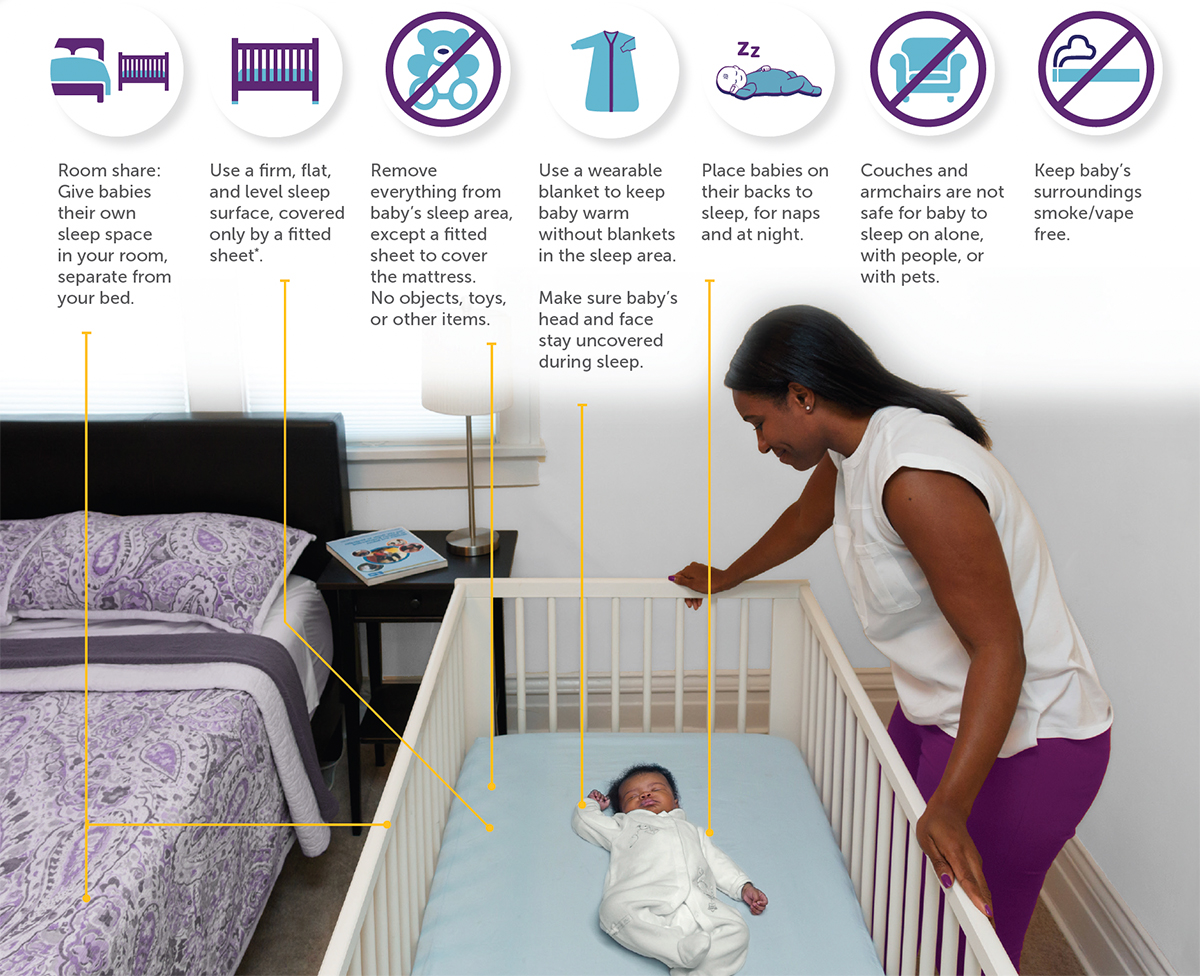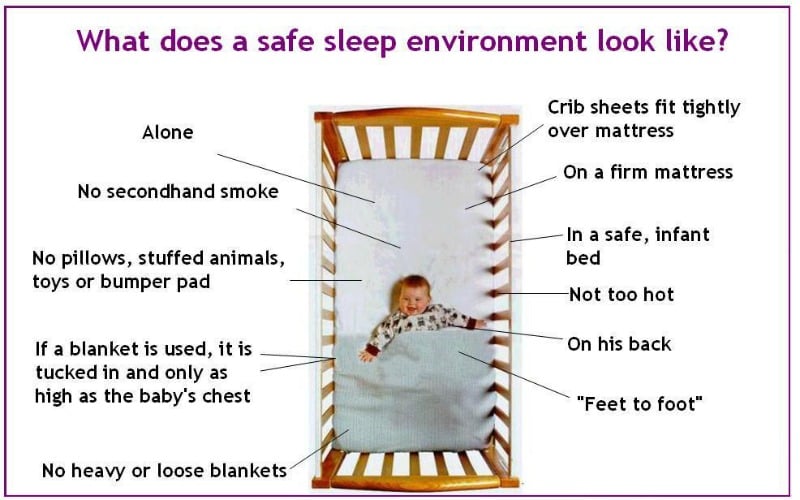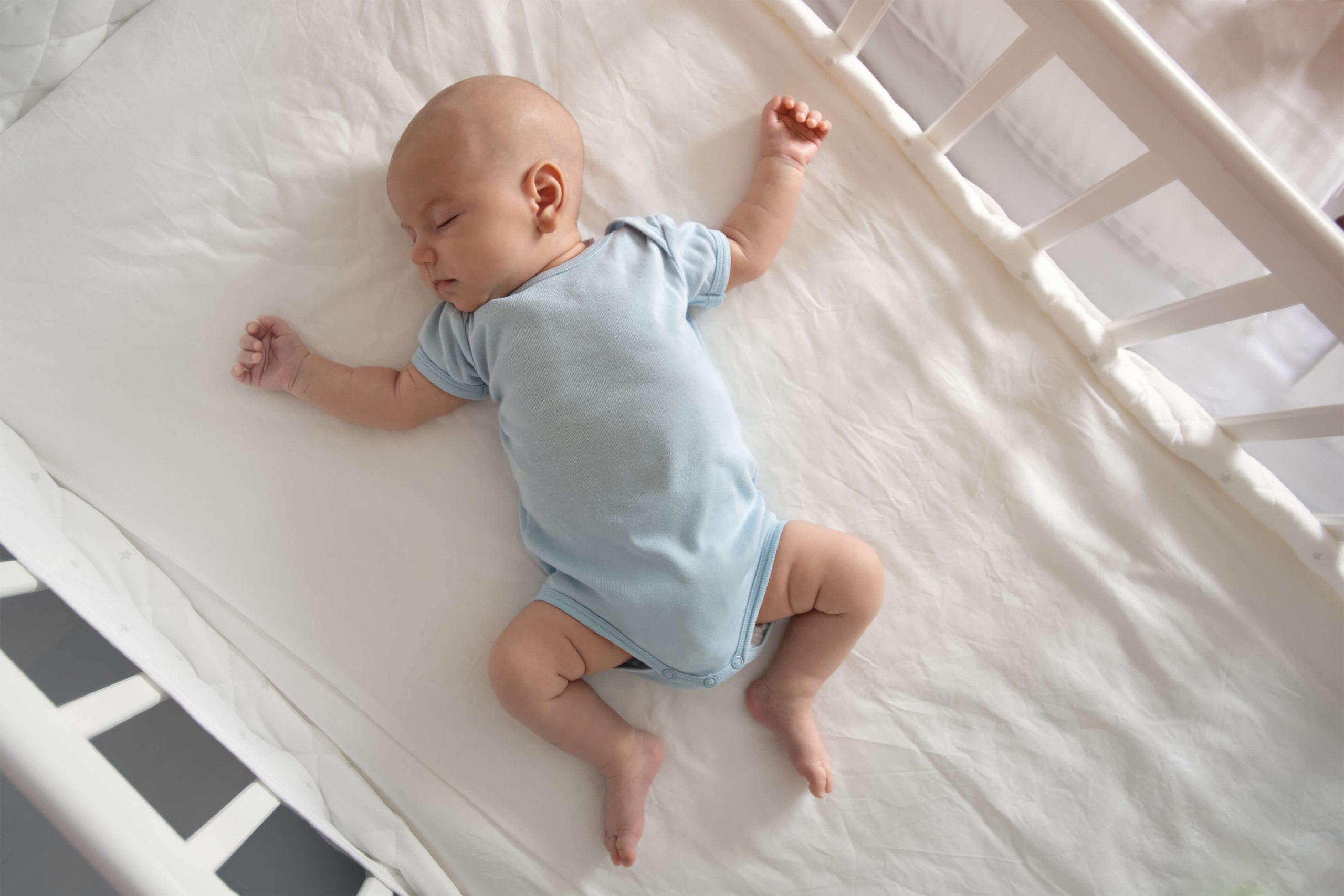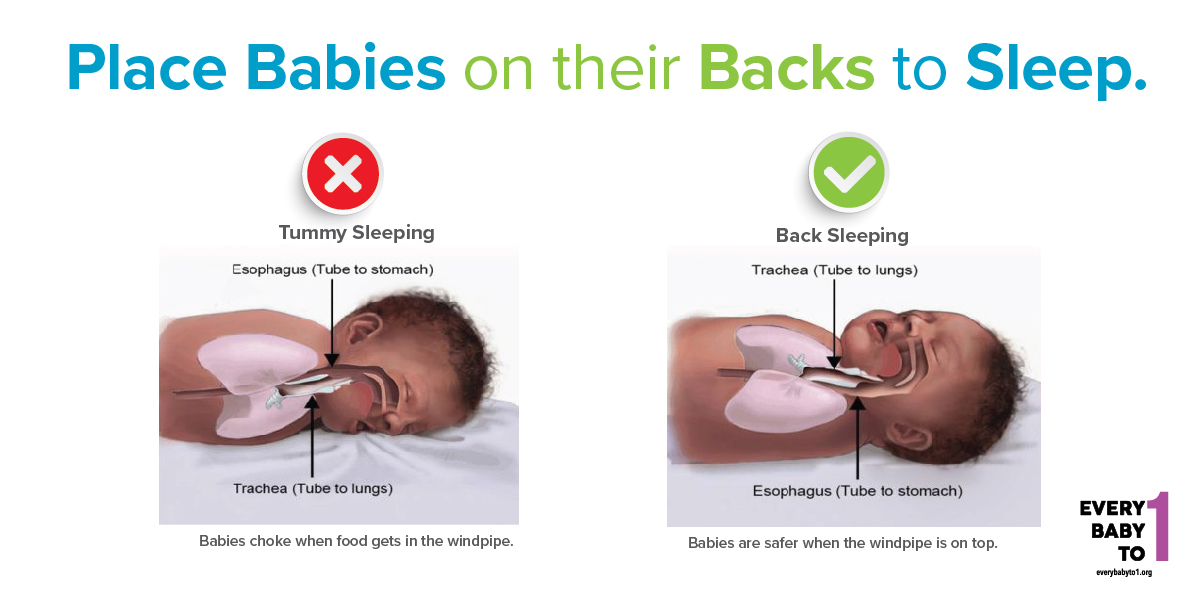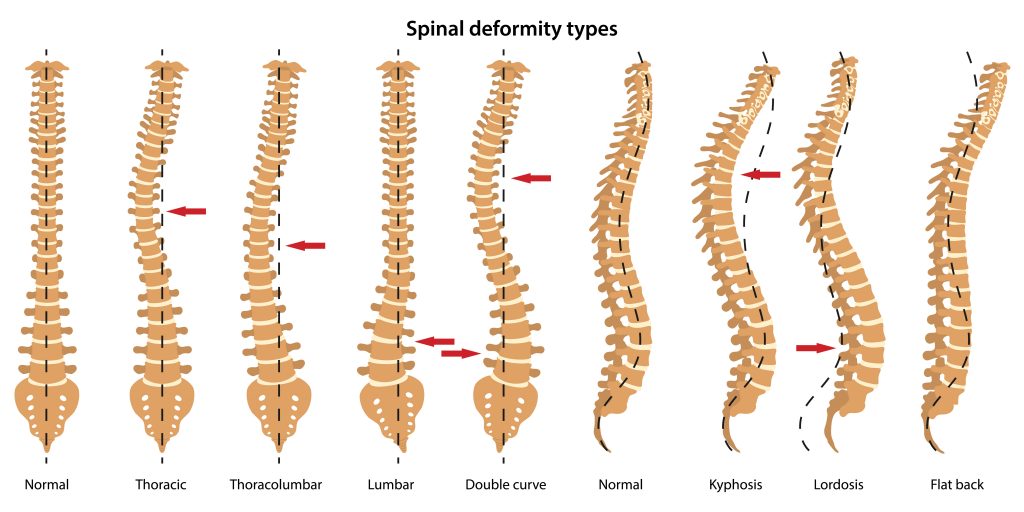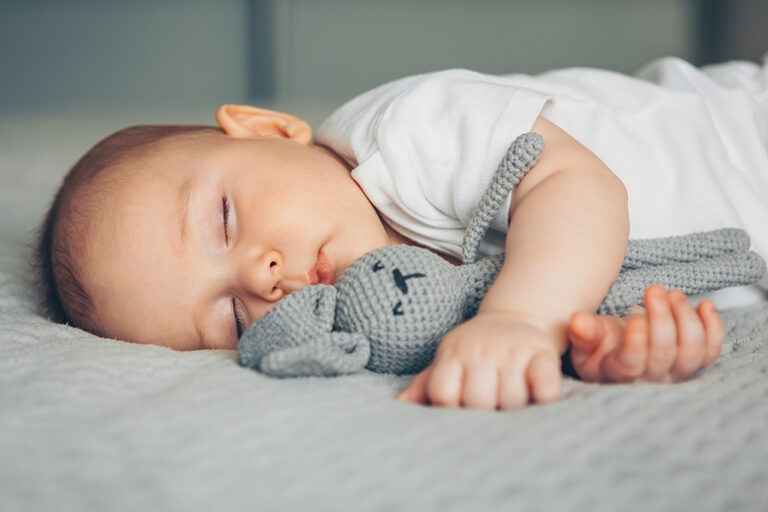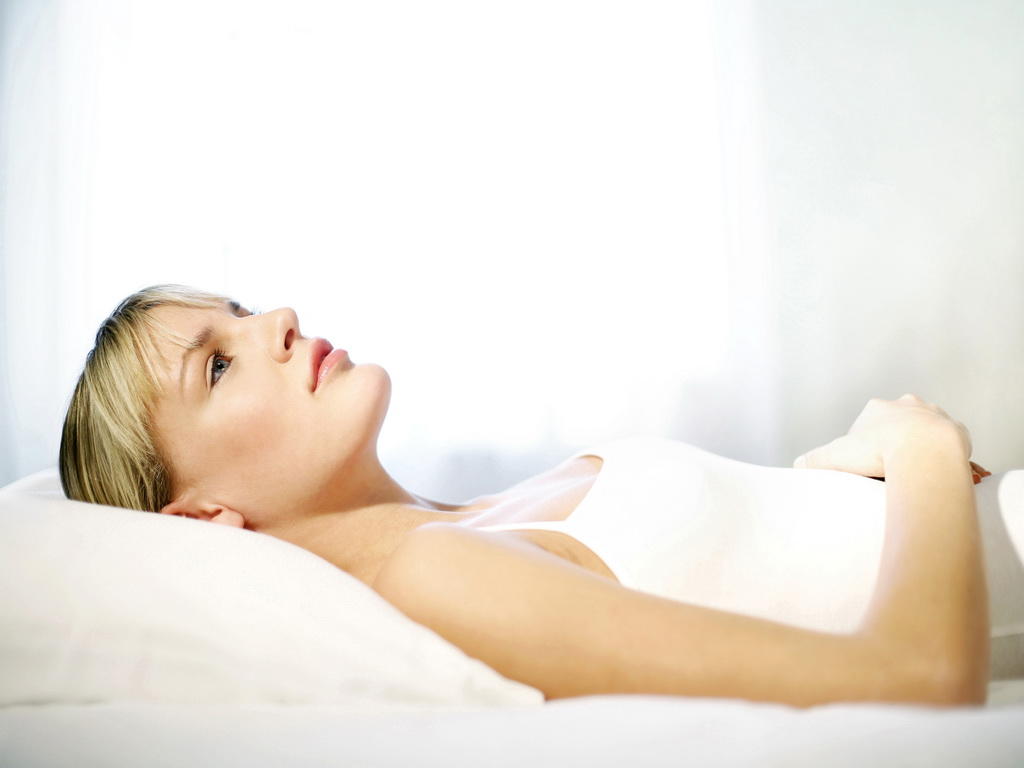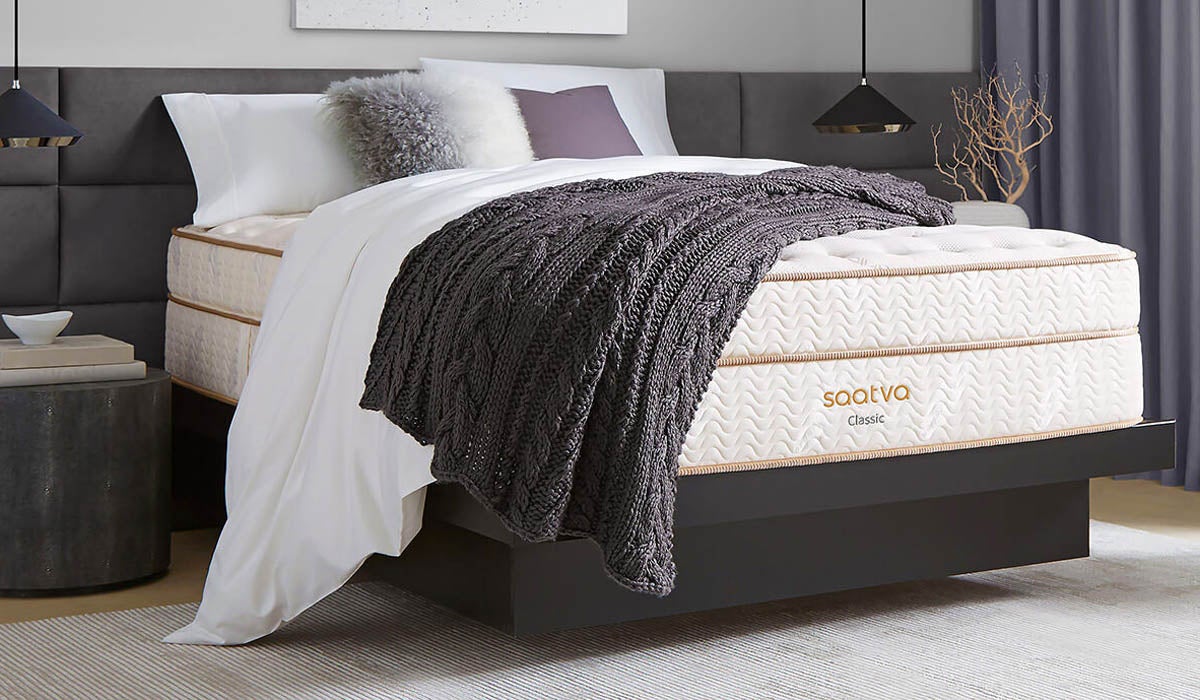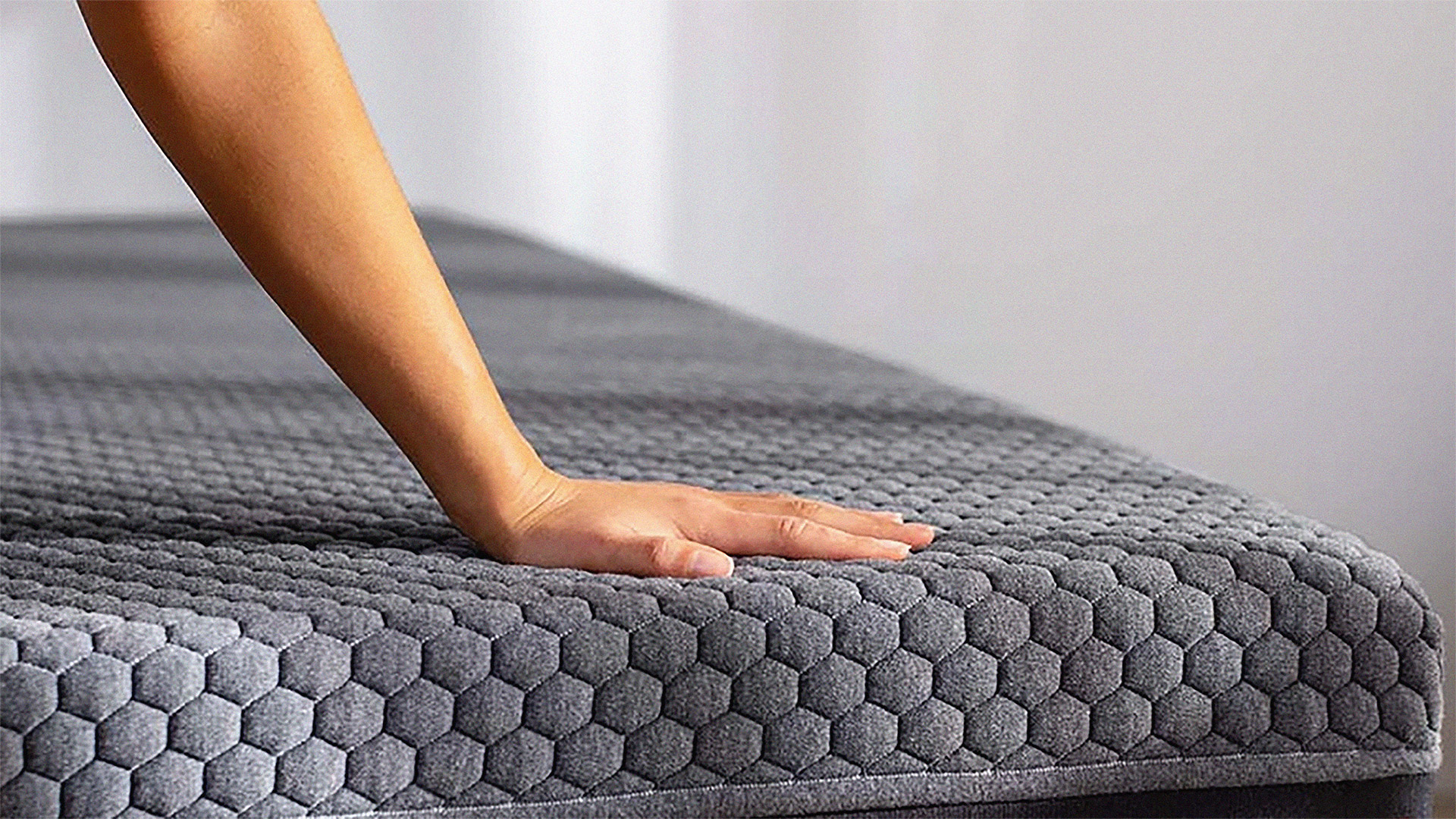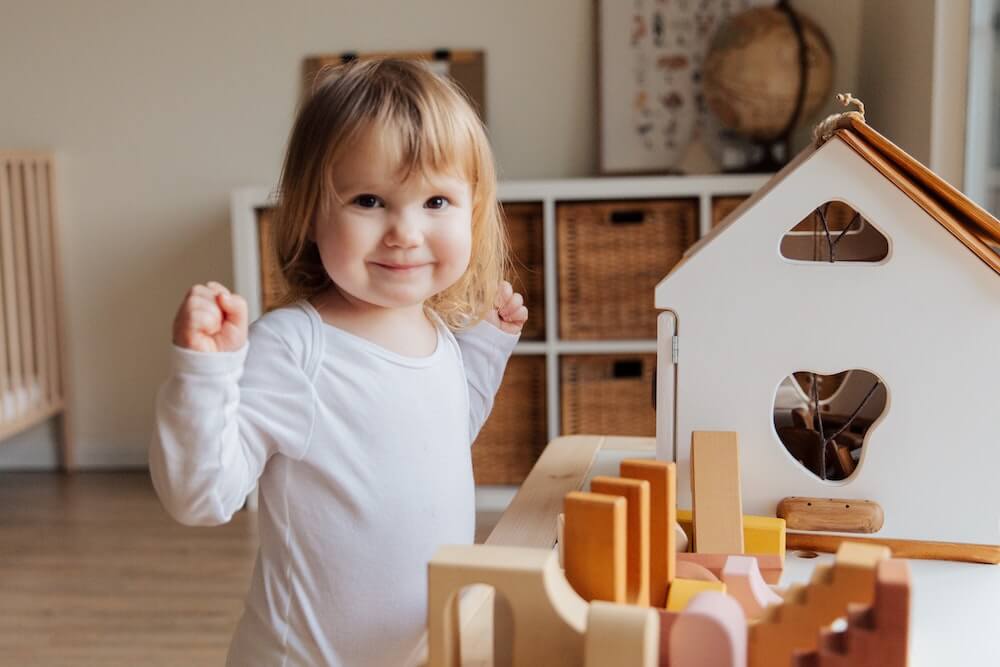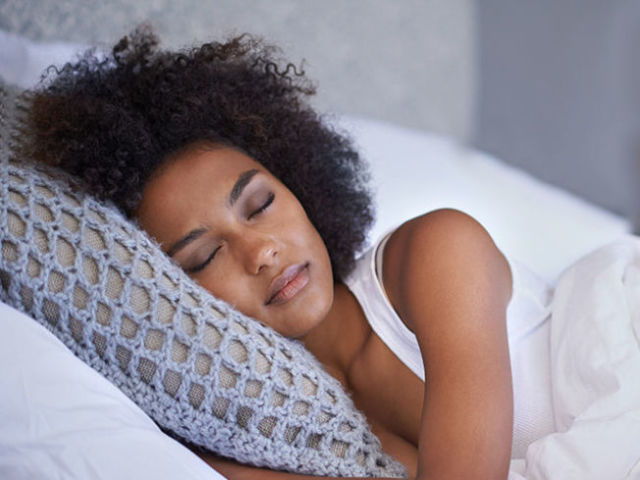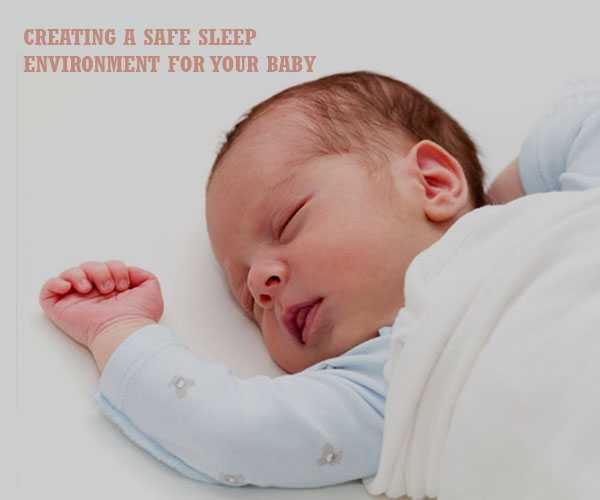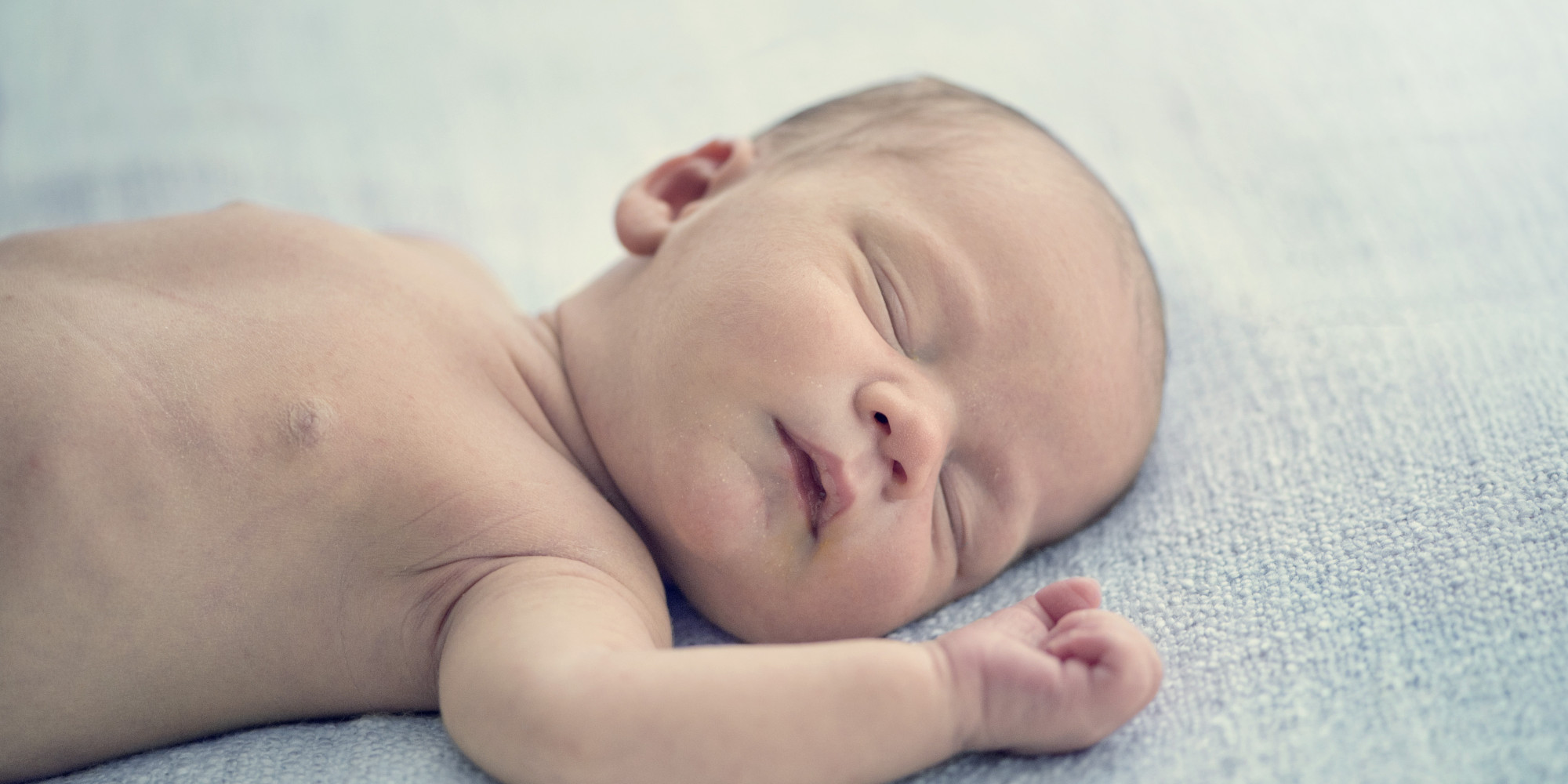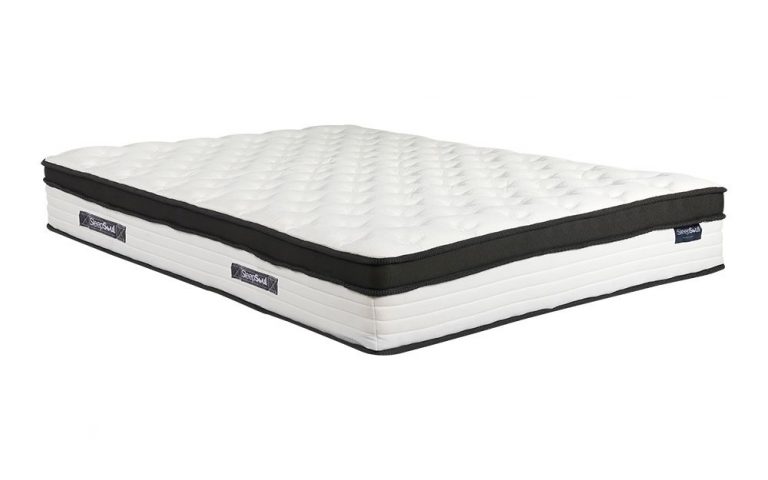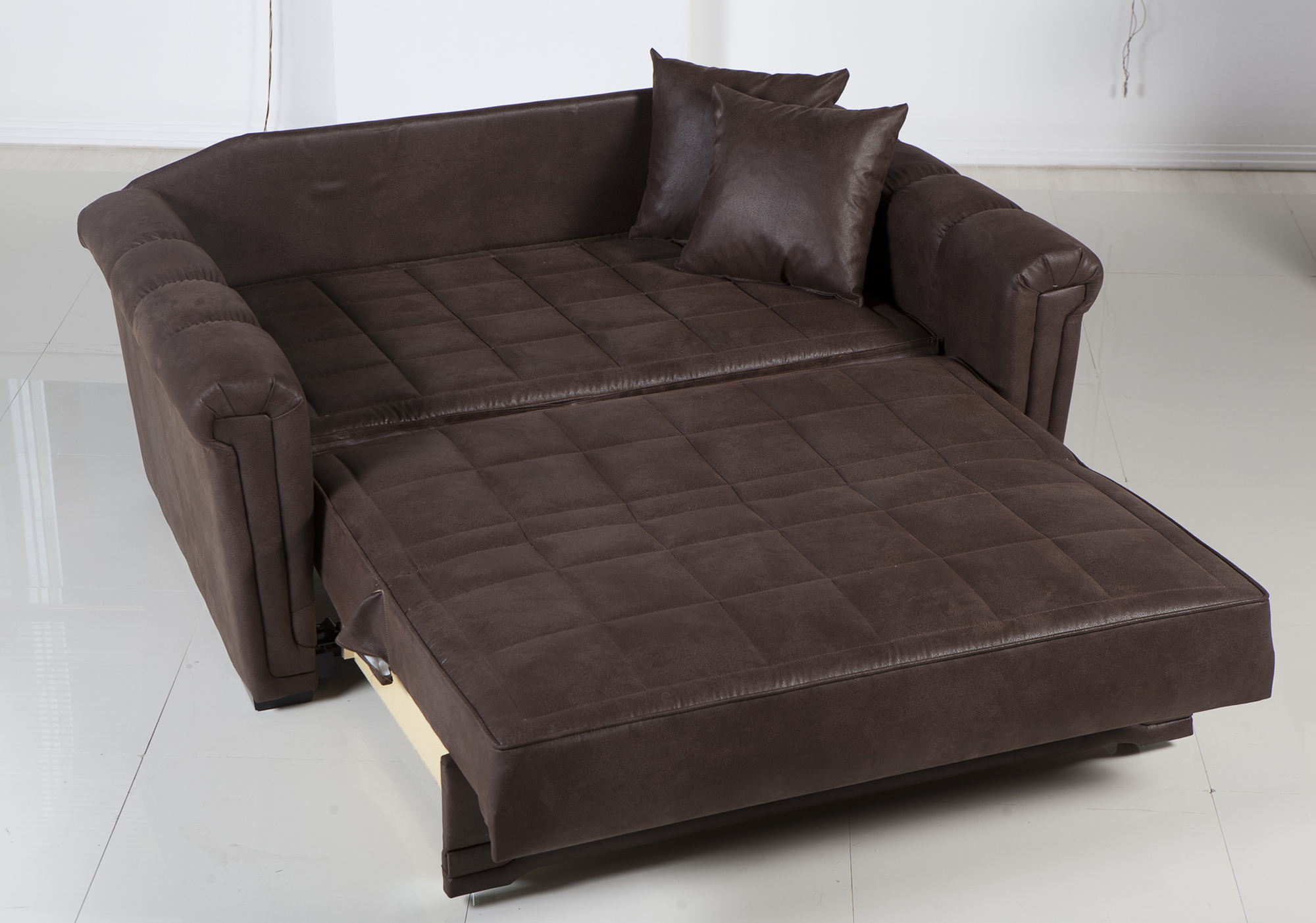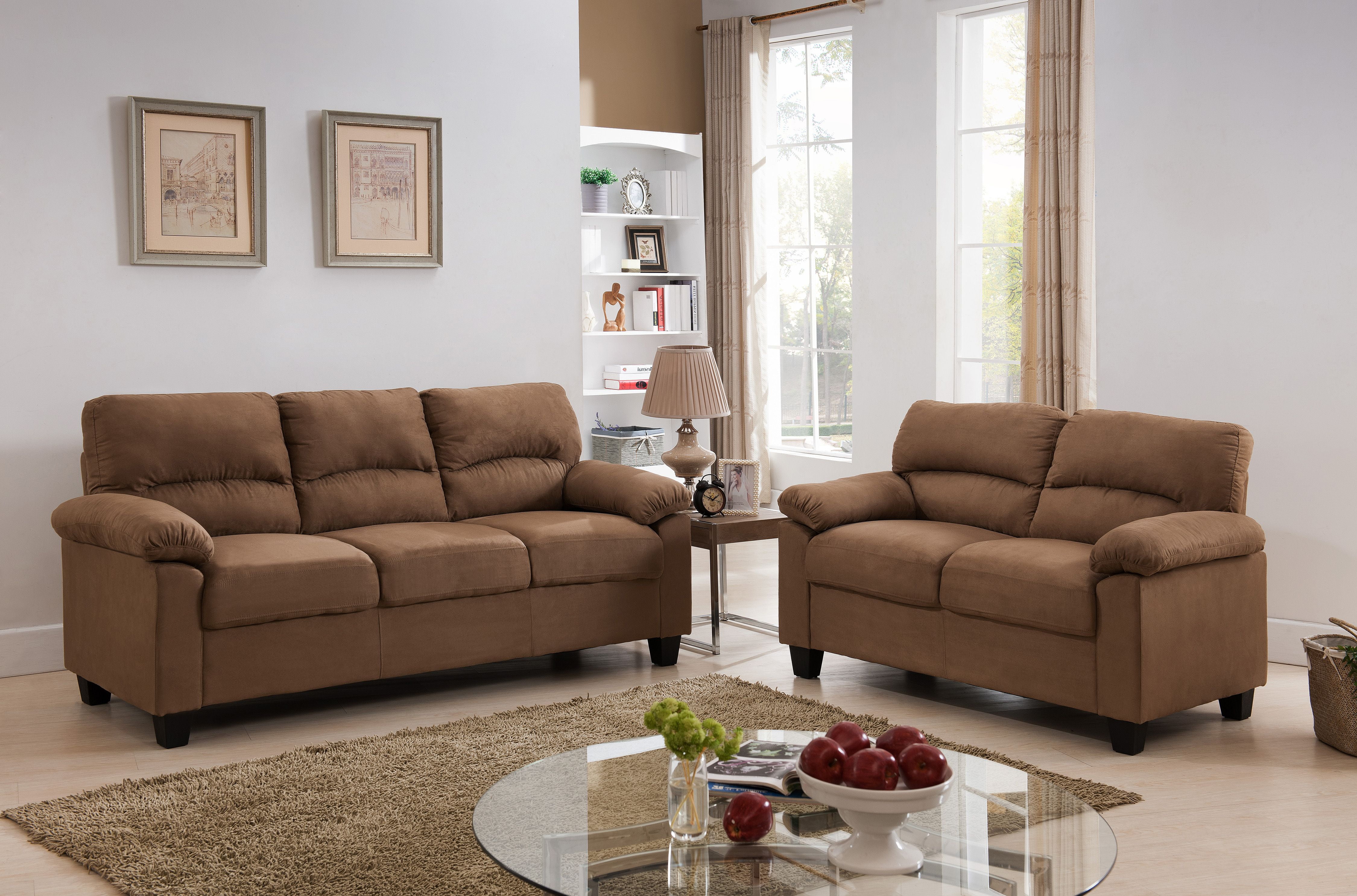As a new parent, ensuring your baby gets a safe and comfortable sleep is a top priority. However, with so many conflicting opinions and options available, it can be overwhelming to make the best choices for your little one. One question that often arises is whether or not a baby can sleep on a pillow top mattress. While it may seem like a soft and cozy option, there are actually several dangers associated with letting your baby sleep on a pillow top mattress. Firstly, pillow top mattresses are typically made with extra layers of cushioning and padding, making them softer than traditional mattresses. While this may seem like a luxurious feature for adults, it can be hazardous for babies. The soft surface can increase the risk of suffocation and Sudden Infant Death Syndrome (SIDS). According to the American Academy of Pediatrics, a firm sleep surface is the safest for babies to reduce the risk of suffocation and SIDS. Additionally, the softness of a pillow top mattress can cause a baby's face to sink into the surface, making it difficult for them to breathe. This is especially dangerous for younger babies who do not have the strength and ability to move their heads to clear their airways. As a result, babies sleeping on a pillow top mattress may be at a higher risk of suffocation and SIDS.1. The Dangers of Letting Your Baby Sleep on a Pillow Top Mattress
When it comes to choosing a safe sleep surface for your baby, it is important to follow the guidelines recommended by pediatricians and experts. As mentioned earlier, a firm mattress is the safest option for babies. This means the surface should not indent when your baby is lying on it and should also not be too soft or plush. This firmness helps to keep your baby's airway clear and reduces the risk of suffocation. When shopping for a mattress for your baby, look for ones that are specifically designed for infants and have been certified by safety organizations such as the Juvenile Products Manufacturers Association (JPMA). These mattresses are typically made with firm materials and meet the safety standards for infant sleep surfaces. It is also important to regularly check the mattress for any signs of wear and tear. If you notice any sagging or indentations, it is time to replace the mattress to ensure your baby's safety while sleeping.2. Safe Sleep Guidelines for Babies: Mattress Types and Recommendations
As tempting as it may be to let your baby sleep on a soft and plush surface, it is important to consider the potential risks. A pillow top mattress may seem comfortable, but it is not recommended for infants and young children. The extra padding and softness can increase the risk of suffocation and SIDS, as well as hinder their ability to develop proper sleeping habits. The American Academy of Pediatrics recommends that infants should sleep on their backs on a firm and flat surface. This helps to keep their airway clear and reduces the risk of suffocation. A pillow top mattress does not provide the necessary support and firmness for an infant's safe sleep. Furthermore, sleeping on a pillow top mattress may also affect your baby's spine development. The soft surface can cause their body to sink and bend in unnatural positions, which can lead to back and neck issues. Investing in a safe and firm mattress for your baby's sleep is crucial for their overall health and development.3. Can a Baby Sleep on a Pillow Top Mattress? What You Need to Know
Now that we know a pillow top mattress is not recommended for a baby's sleep, what are the best options available? The most commonly recommended mattress types for infants are innerspring and foam mattresses. These are made with firm materials and provide the necessary support for your baby's developing body. Innerspring mattresses are made with steel coils and provide a firm sleeping surface for your baby. They are also known for their durability and can last through multiple years of use. On the other hand, foam mattresses are made with dense foam materials and offer a similar level of firmness as innerspring mattresses. They are also lightweight and easy to maneuver, making them a popular choice for parents. Ultimately, the best mattress for your baby will depend on your personal preferences and budget. Just remember to always prioritize safety and choose a firm surface for your baby's sleep.4. The Best Mattress for Your Baby: A Guide to Safe Sleep Surfaces
Aside from the risk of suffocation and SIDS, there are other reasons why a firm mattress is recommended for babies and toddlers. As mentioned earlier, a firm surface helps to support their developing bodies and maintain proper spine alignment. This is crucial for their growth and development, as well as preventing any potential issues in the future. A firm mattress also offers a more comfortable and restful sleep for babies and toddlers. Unlike adults, who may prefer a softer surface for comfort, babies do not require that level of cushioning. In fact, a soft mattress can hinder their ability to move and turn in their sleep, which can be crucial for their development. A firm mattress allows them to move freely and maintain a safe and comfortable sleep position.5. Why a Firm Mattress is Recommended for Babies and Toddlers
To further emphasize the dangers of using a pillow top mattress for your baby's sleep, it is important to understand the potential risks. As we have discussed, the softness and plushness of a pillow top mattress can increase the risk of suffocation and SIDS. This is due to the lack of support and the potential for a baby's face to sink into the surface. In addition, a pillow top mattress may also increase the risk of overheating. The extra layers of cushioning can trap heat and cause your baby to become too hot while sleeping. This can lead to discomfort and potential health concerns. Furthermore, a pillow top mattress may also pose a risk for older babies and toddlers who are starting to roll and move in their sleep. The soft surface can make it difficult for them to maintain a safe and stable sleep position, increasing the risk of accidents and injuries.6. The Risks of Using a Pillow Top Mattress for Your Baby's Sleep
Now that we have established the importance of a firm mattress for your baby's sleep, how do you choose the right one? Here are some tips to keep in mind: Consider the materials: Look for mattresses made with firm and non-toxic materials that have been certified for infant safety. Check the firmness: Test the firmness of the mattress by pressing your hand on it. It should not indent or have too much give. Look for certifications: Choose mattresses that have been certified by safety organizations such as JPMA and meet safety standards for infant sleep surfaces. Regularly check for wear and tear: As your baby grows, their mattress will also need to be replaced. Regularly checking for any signs of wear and tear can ensure their safety while sleeping.7. How to Choose the Right Mattress for Your Baby's Safe Sleep
We cannot stress enough the importance of a firm mattress for your baby's spine development. As infants and young children spend a significant amount of time sleeping, their mattress plays a crucial role in maintaining proper spine alignment and supporting their growing bodies. While a soft and plush surface may seem comfortable, it can actually cause harm to your baby's spine. The softness can cause their body to sink and bend in unnatural positions, which can lead to back and neck issues in the long run. Investing in a firm mattress for your baby's sleep is crucial for their overall health and development.8. The Importance of a Firm Mattress for Your Baby's Spine Development
Aside from choosing a safe and firm mattress, there are other factors to consider when creating a safe and comfortable sleep environment for your baby: Keep the crib clear: Avoid placing any soft items such as blankets, pillows, or stuffed animals in your baby's crib. These can increase the risk of suffocation and SIDS. Invest in a firm mattress pad: If you are concerned about the firmness of your baby's mattress, you can invest in a firm mattress pad to provide additional support. Control the room temperature: Keep the room at a comfortable temperature to prevent your baby from overheating. The ideal room temperature for a baby's sleep is between 68-72 degrees Fahrenheit. Use a sleep sack: Instead of a loose blanket, consider using a sleep sack to keep your baby warm and comfortable while sleeping.9. Tips for Creating a Safe and Comfortable Sleep Environment for Your Baby
If you have already purchased a pillow top mattress for your baby and are now concerned about its safety, there are alternatives you can consider. These include: Innerspring or foam mattress: As mentioned earlier, these are the most commonly recommended mattress types for infants and provide the necessary firmness for safe sleep. Crib mattress topper: If you are unable to replace the mattress, you can consider using a firm crib mattress topper to provide additional support. Co-sleeping or bassinet: For younger babies, co-sleeping or using a bassinet can provide a safer sleep surface than a pillow top mattress. In conclusion, while a pillow top mattress may seem like a comfortable and cozy option for your baby's sleep, it is important to prioritize safety and choose a firm surface. Investing in a safe and supportive mattress can ensure your baby's health and development while providing them with a comfortable and restful sleep. Always remember to follow the safe sleep guidelines recommended by experts and regularly check for any signs of wear and tear on your baby's mattress.10. Alternatives to a Pillow Top Mattress for Your Baby's Sleep Needs
The Importance of Choosing the Right Mattress for Your Baby

Why a Pillow Top Mattress May Not Be the Best Option
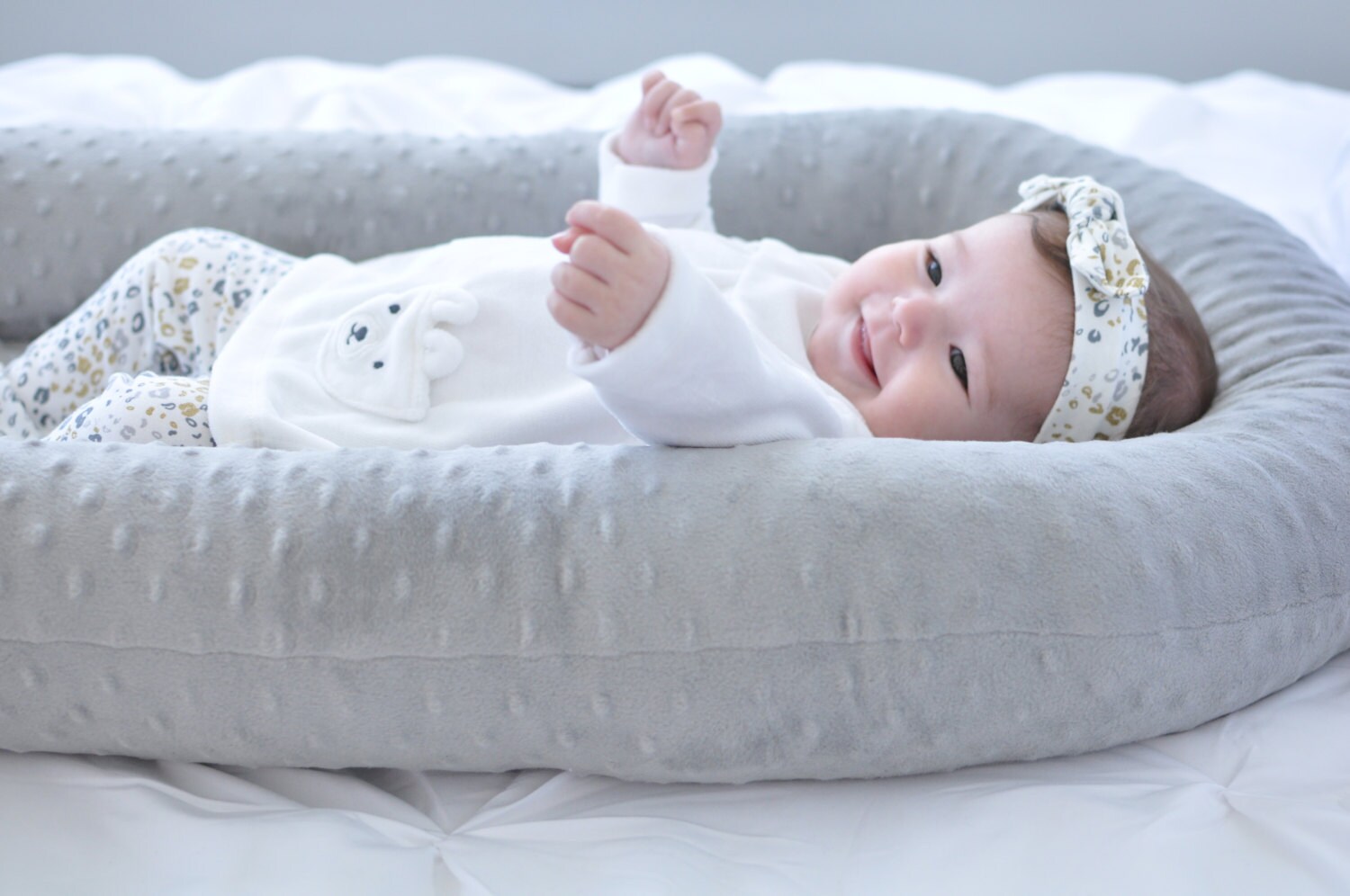 When it comes to designing a nursery for your little one, there are countless decisions to make. From the color scheme to the furniture, every detail is carefully chosen to create a safe and comfortable space for your baby. Among these decisions is choosing the right mattress for your baby's crib. While a pillow top mattress may seem like a luxurious and cozy option, it may not be the best choice for your little one's sleep.
Pillow top mattresses
are known for their extra layer of cushioning on top of the mattress, providing a soft and plush surface to sleep on. However, this extra cushioning can pose a potential safety hazard for babies. The Consumer Product Safety Commission recommends that infants
sleep on a firm, flat surface
to reduce the risk of suffocation and Sudden Infant Death Syndrome (SIDS). A pillow top mattress may not provide the necessary firmness for a safe sleep environment for your baby.
Additionally,
pillow top mattresses are not designed for infants
and may not provide the right level of support for their developing bodies. Babies require a firmer surface to support their growing bones and muscles, while a pillow top mattress may cause them to sink in and potentially lead to discomfort or even affect their spinal alignment.
Furthermore,
pillow top mattresses may not provide the best ventilation
for your baby's sleep. As babies have a higher body temperature than adults, it is essential to provide them with a cool and breathable sleeping surface. The extra layer of cushioning in a pillow top mattress may trap heat and lead to discomfort for your little one.
In conclusion, while a pillow top mattress may seem like a luxurious and comfortable option for your baby's sleep, it may not be the best choice for their safety and development. It is important to prioritize safety and comfort when choosing a mattress for your baby's crib. Consider opting for a firm and breathable mattress designed specifically for infants to ensure a safe and peaceful sleep for your little one.
When it comes to designing a nursery for your little one, there are countless decisions to make. From the color scheme to the furniture, every detail is carefully chosen to create a safe and comfortable space for your baby. Among these decisions is choosing the right mattress for your baby's crib. While a pillow top mattress may seem like a luxurious and cozy option, it may not be the best choice for your little one's sleep.
Pillow top mattresses
are known for their extra layer of cushioning on top of the mattress, providing a soft and plush surface to sleep on. However, this extra cushioning can pose a potential safety hazard for babies. The Consumer Product Safety Commission recommends that infants
sleep on a firm, flat surface
to reduce the risk of suffocation and Sudden Infant Death Syndrome (SIDS). A pillow top mattress may not provide the necessary firmness for a safe sleep environment for your baby.
Additionally,
pillow top mattresses are not designed for infants
and may not provide the right level of support for their developing bodies. Babies require a firmer surface to support their growing bones and muscles, while a pillow top mattress may cause them to sink in and potentially lead to discomfort or even affect their spinal alignment.
Furthermore,
pillow top mattresses may not provide the best ventilation
for your baby's sleep. As babies have a higher body temperature than adults, it is essential to provide them with a cool and breathable sleeping surface. The extra layer of cushioning in a pillow top mattress may trap heat and lead to discomfort for your little one.
In conclusion, while a pillow top mattress may seem like a luxurious and comfortable option for your baby's sleep, it may not be the best choice for their safety and development. It is important to prioritize safety and comfort when choosing a mattress for your baby's crib. Consider opting for a firm and breathable mattress designed specifically for infants to ensure a safe and peaceful sleep for your little one.





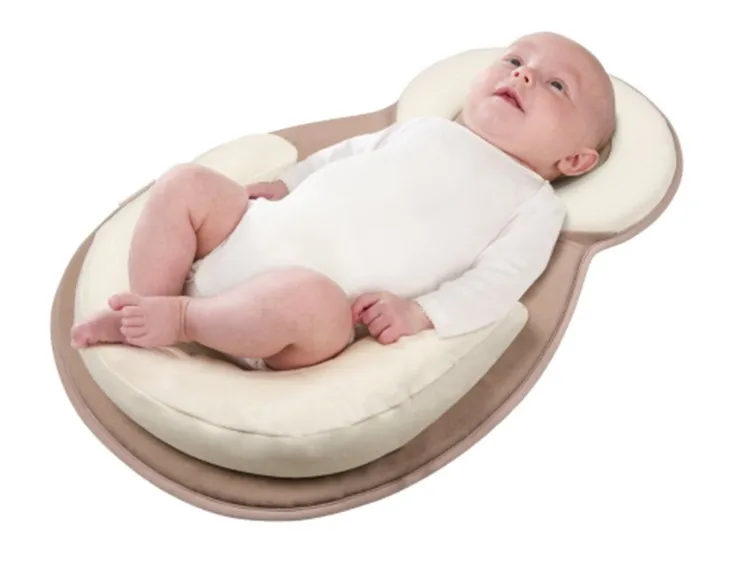



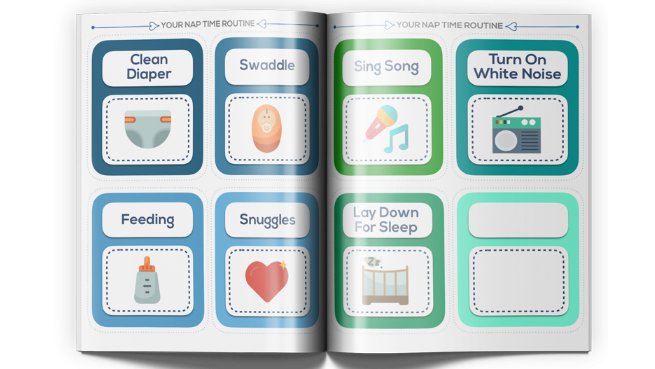

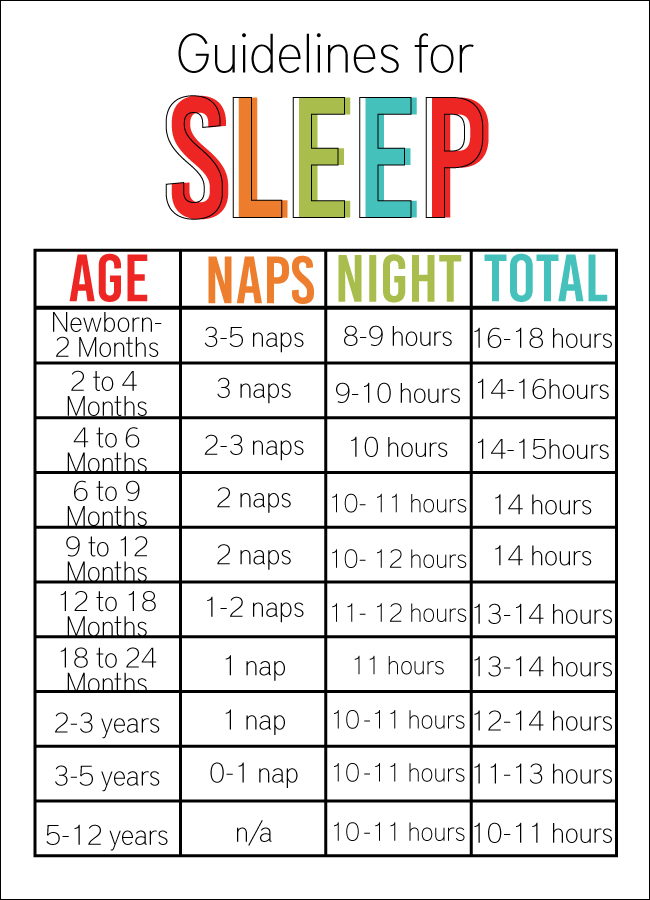

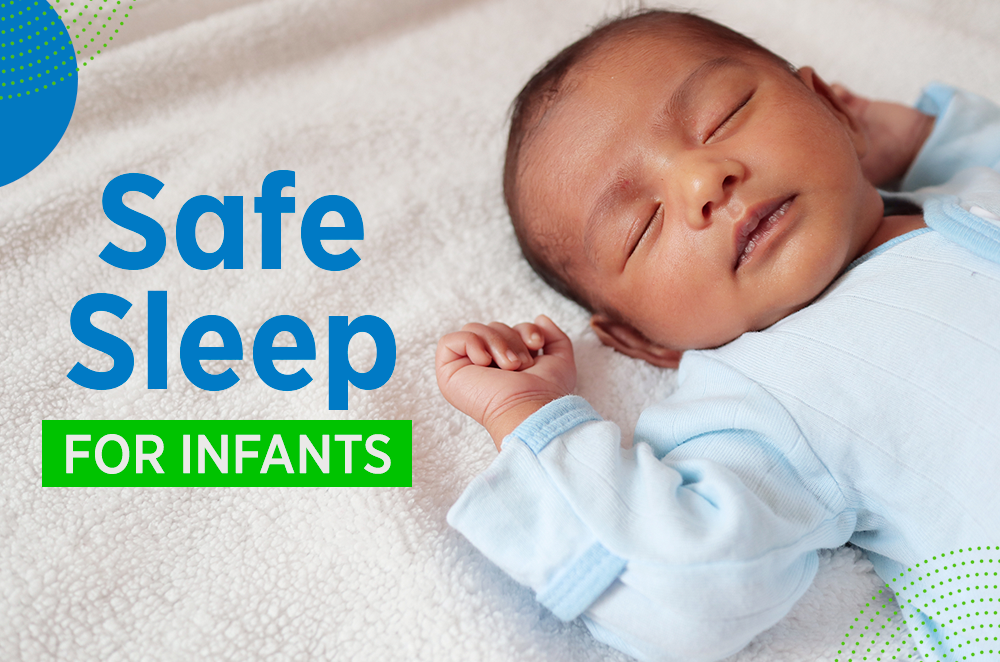
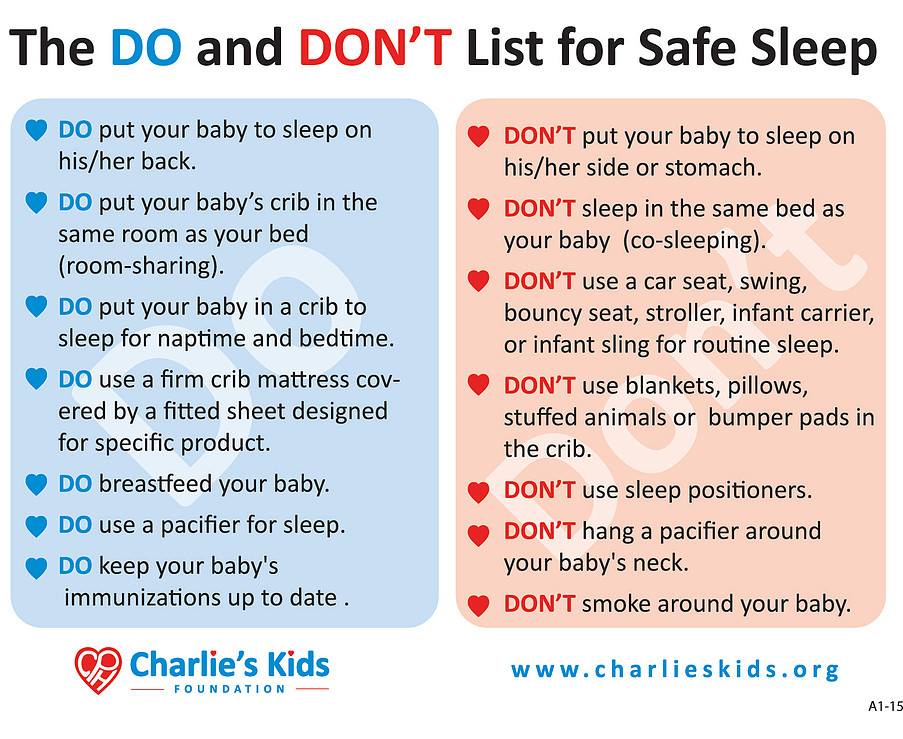
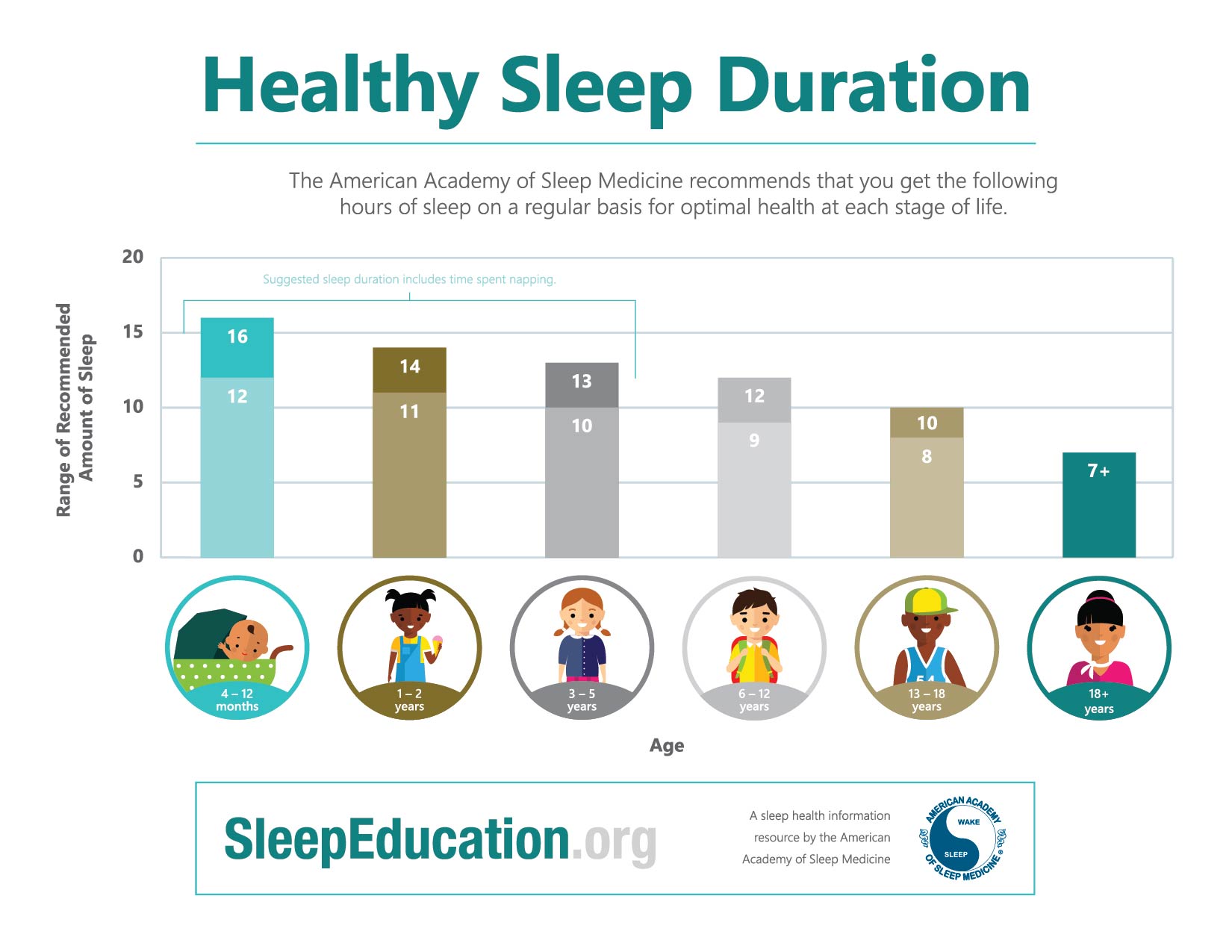
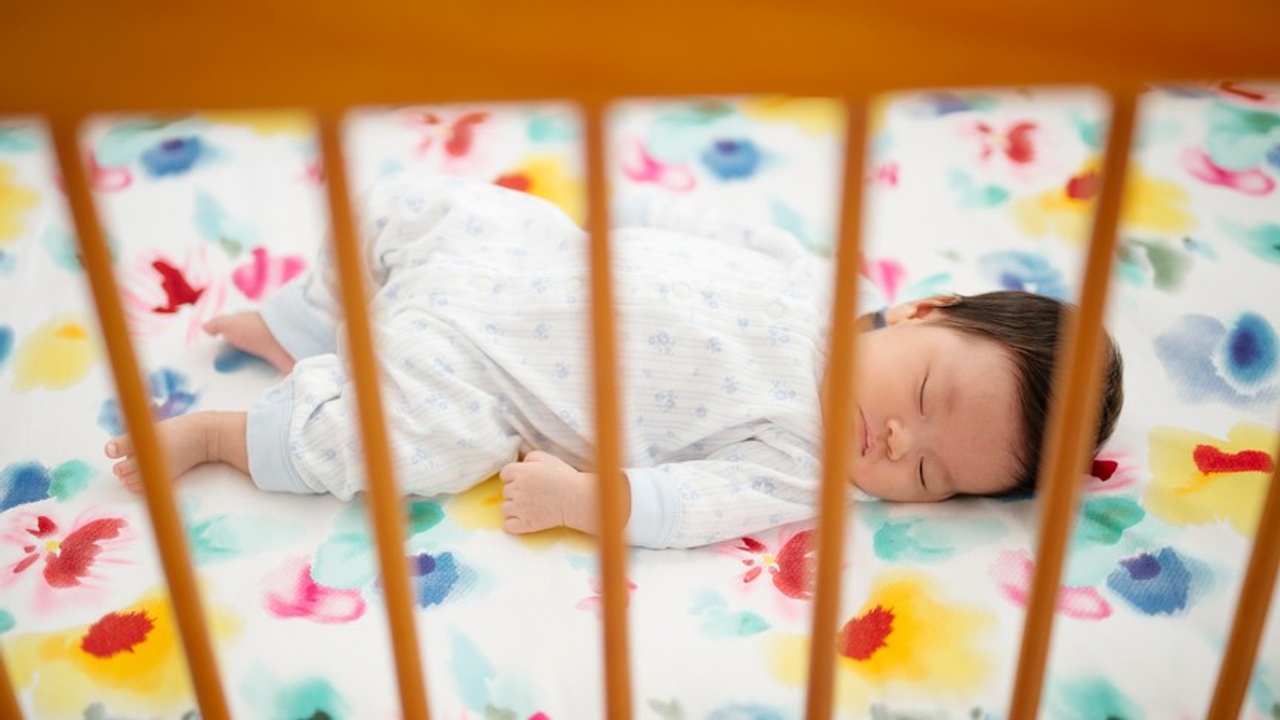
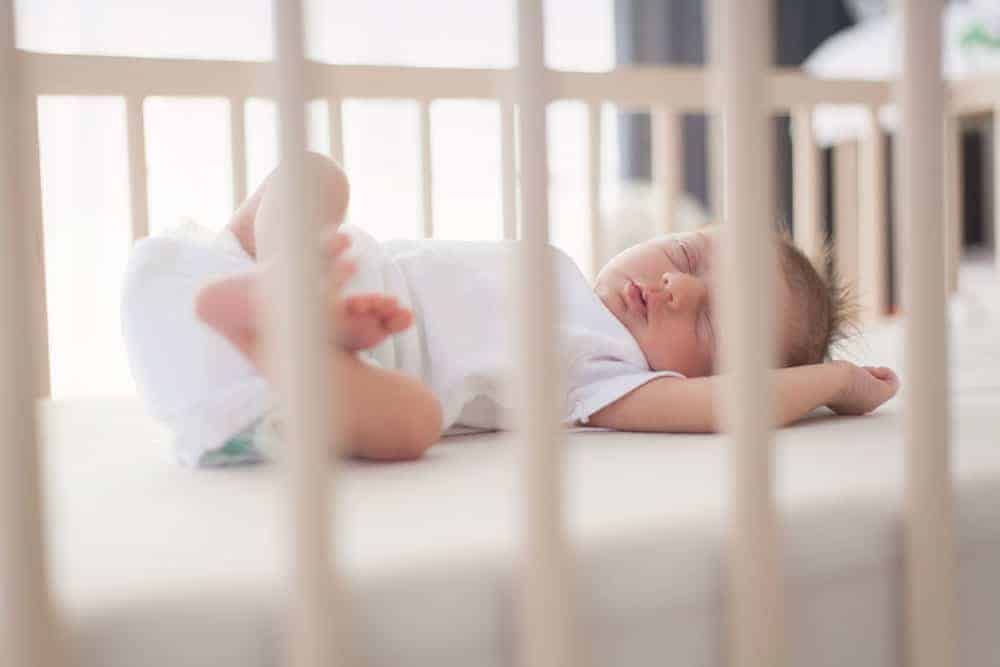
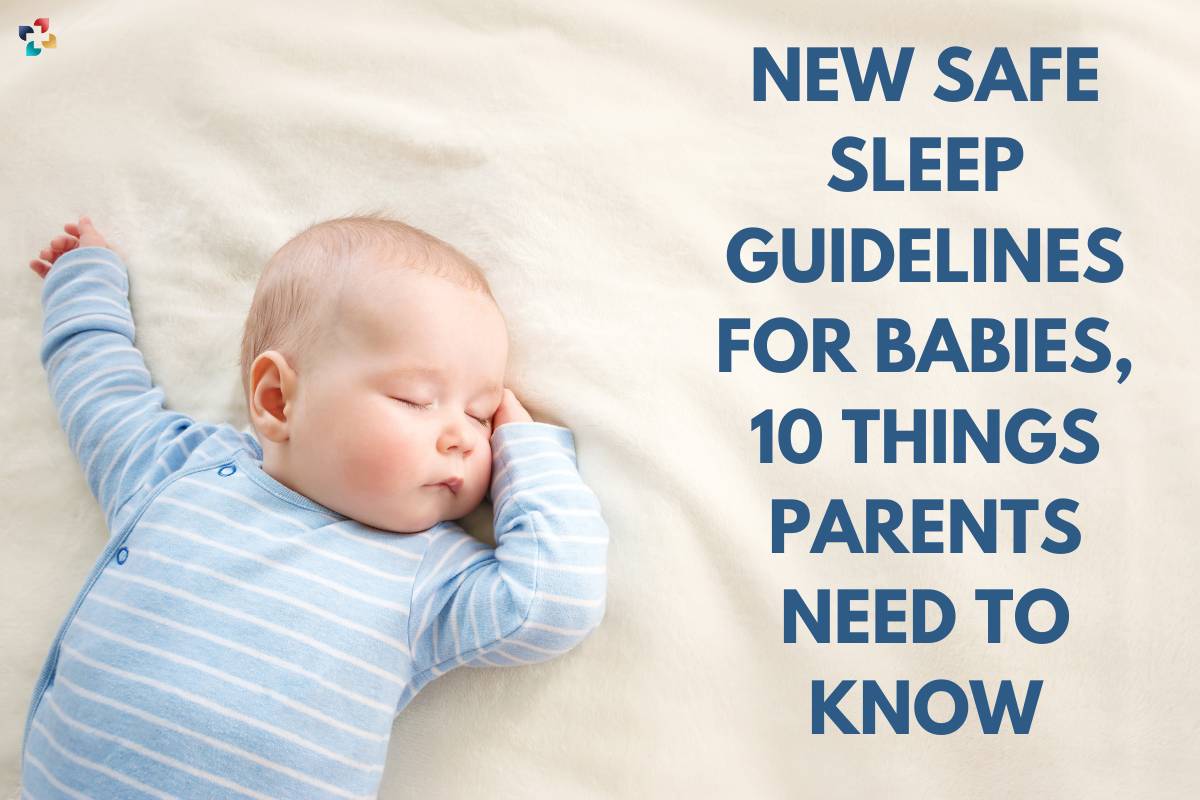
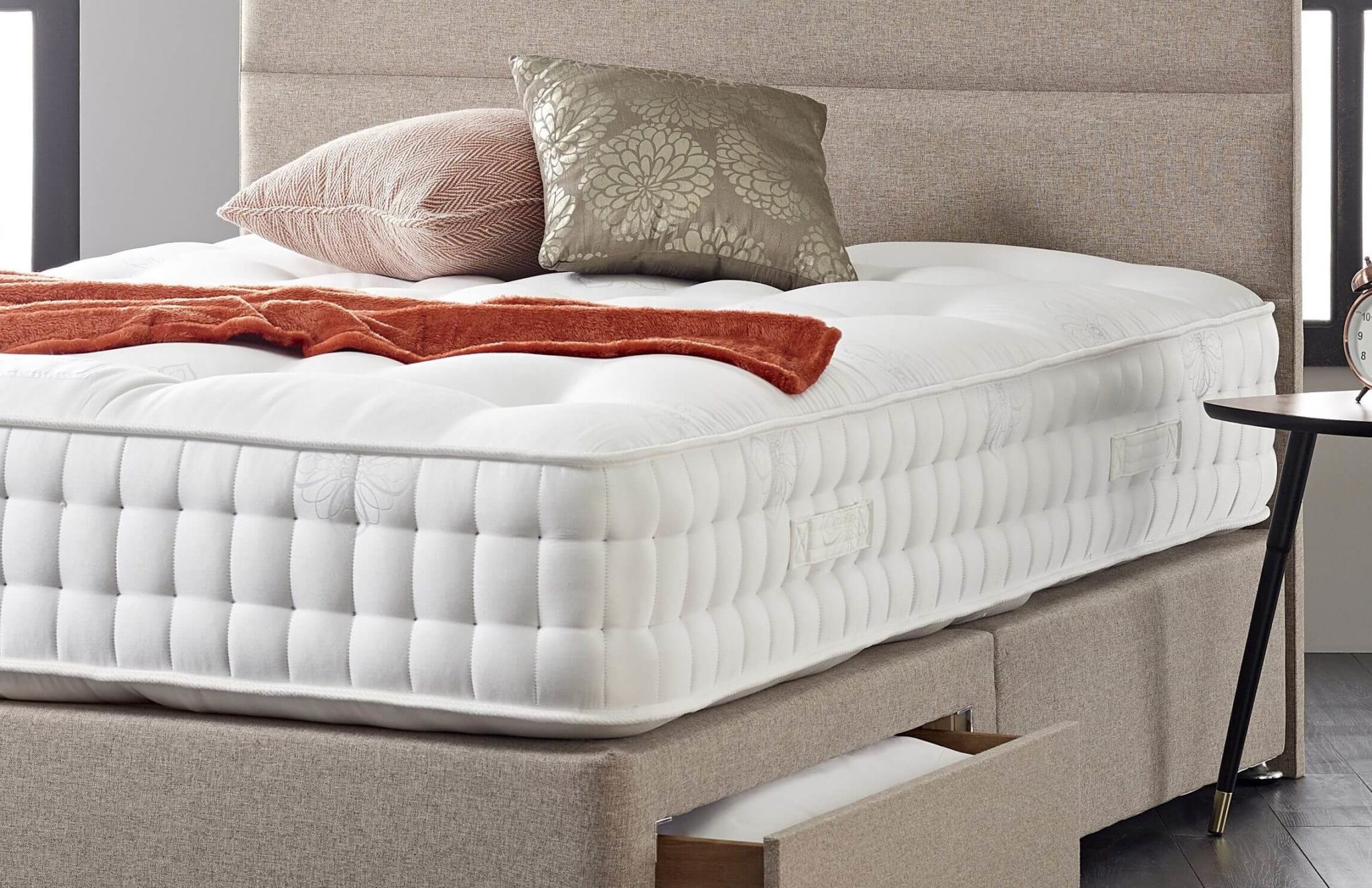





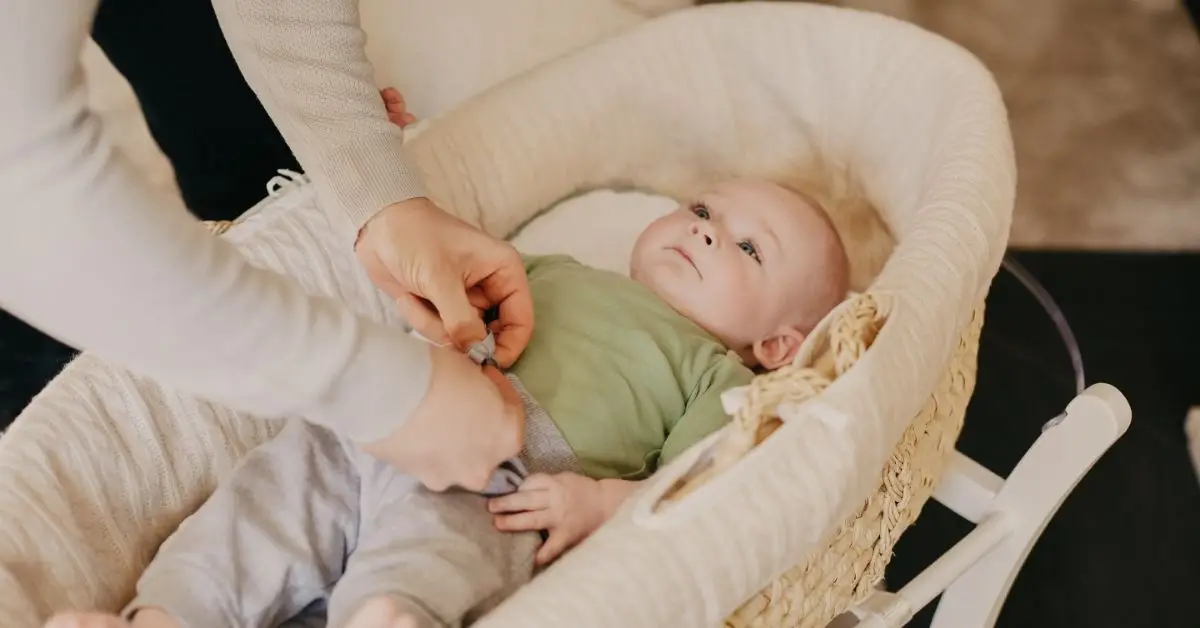


/babysleepingonstomach-c70e966ce77447cababadcb863f57713.jpg)
